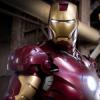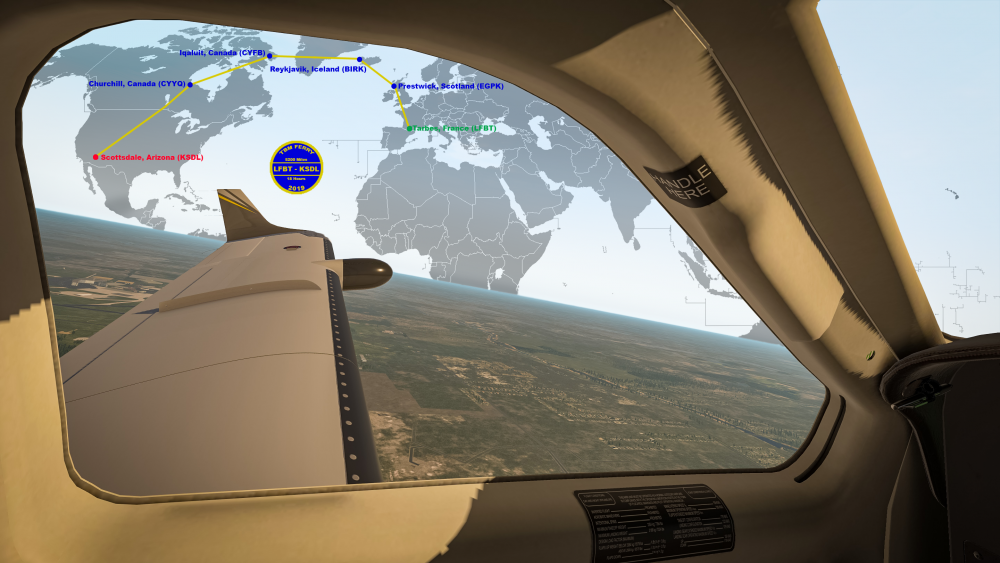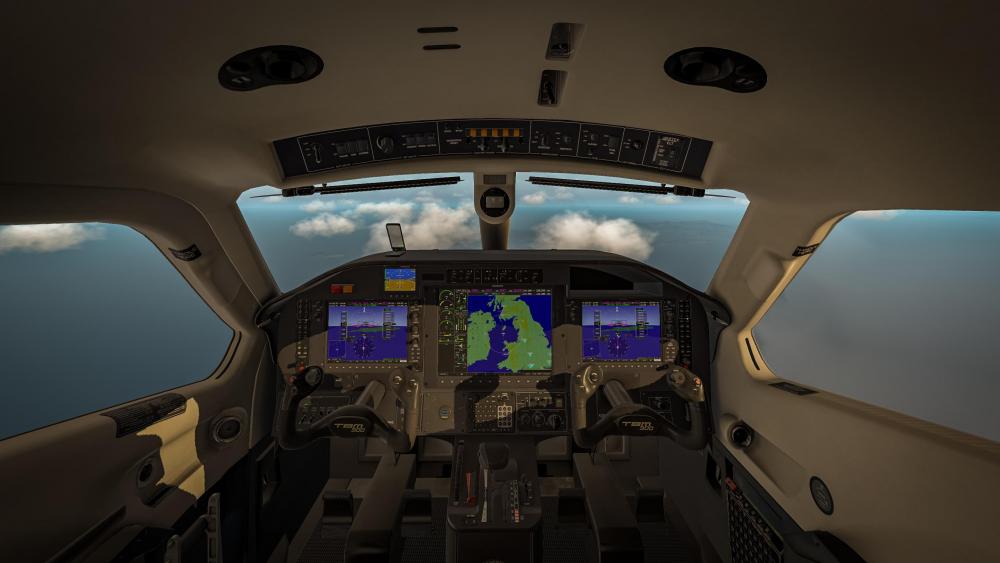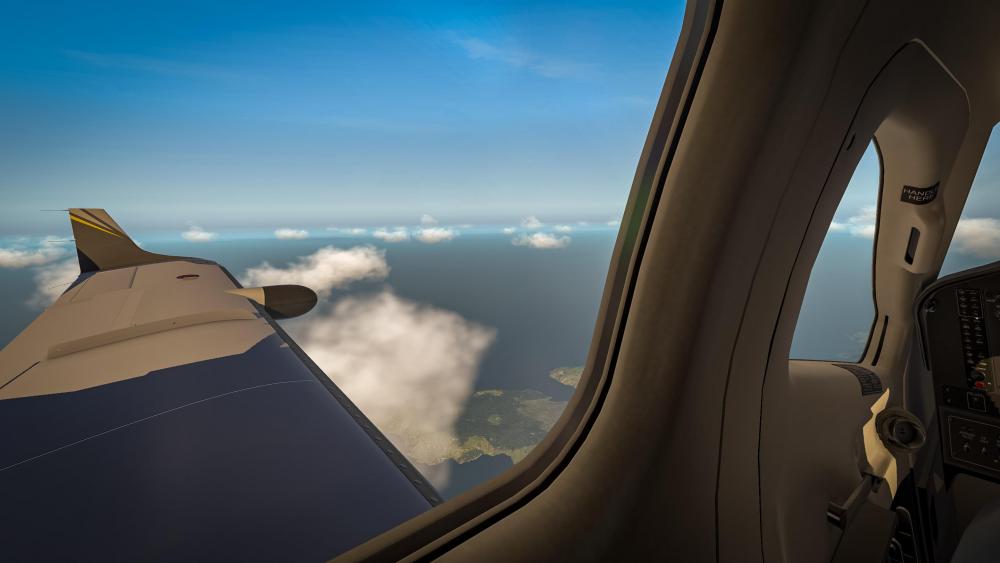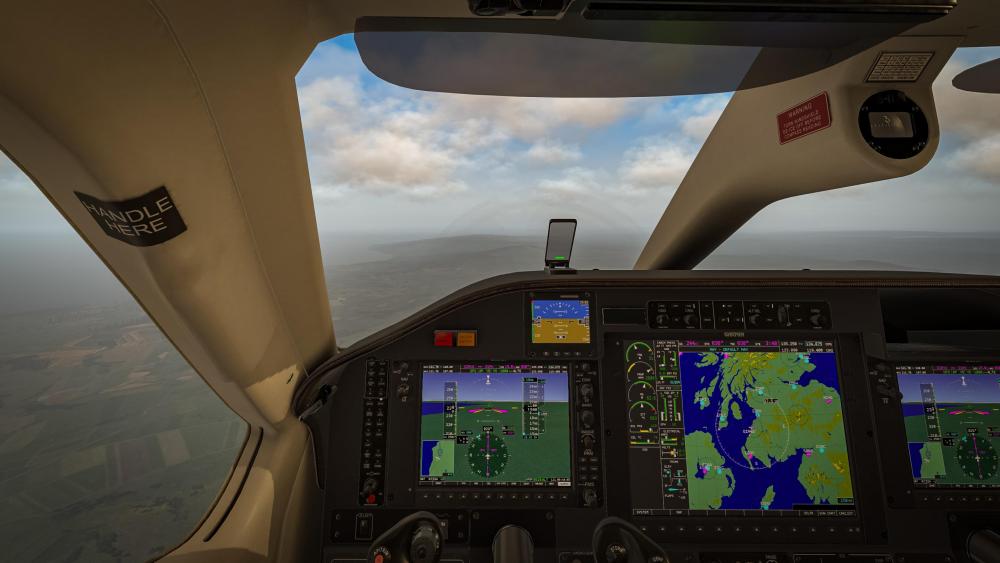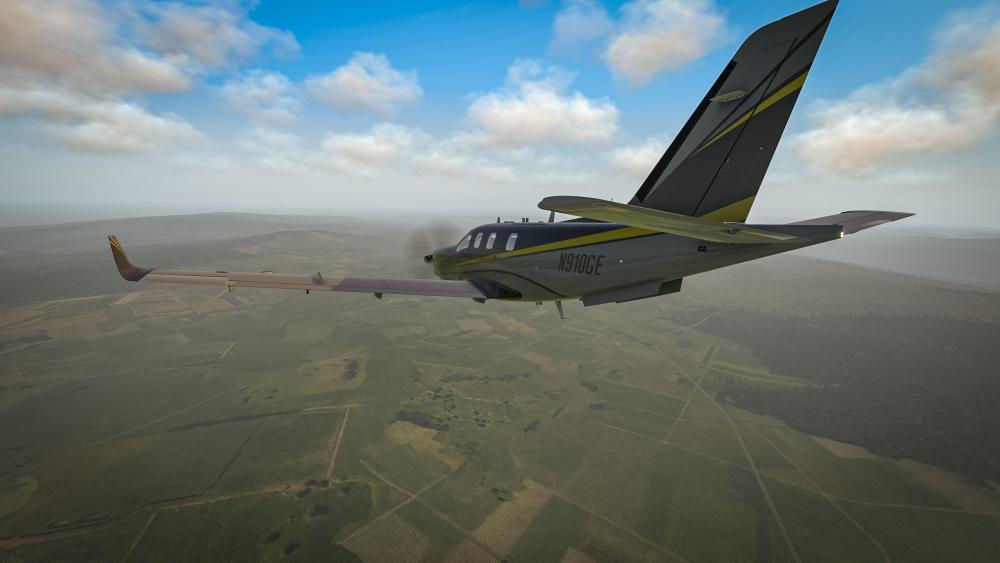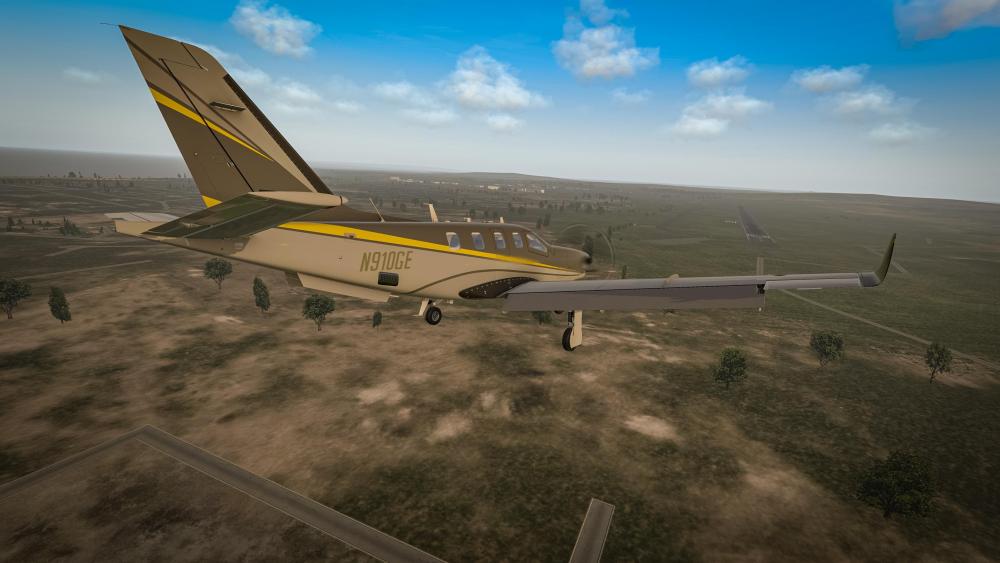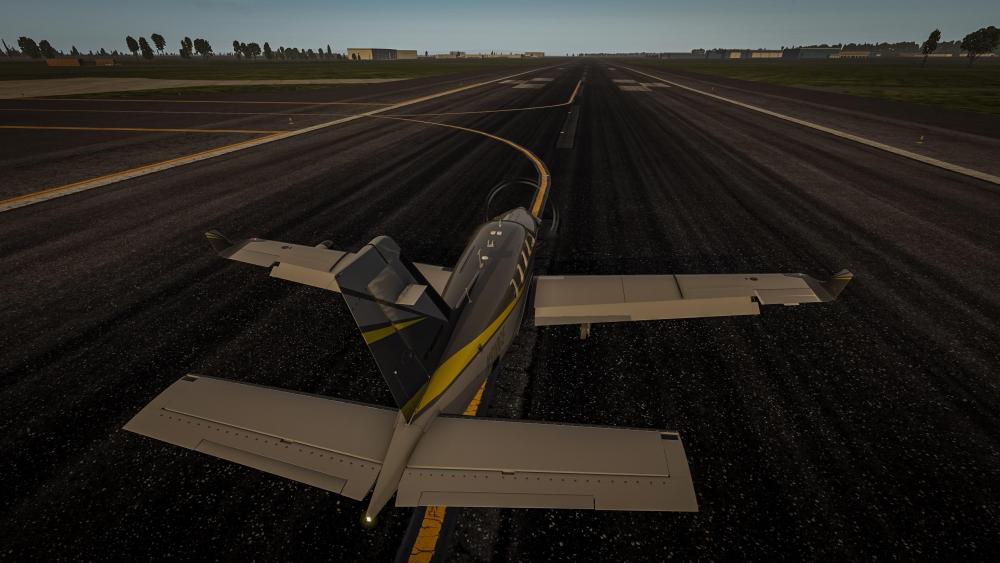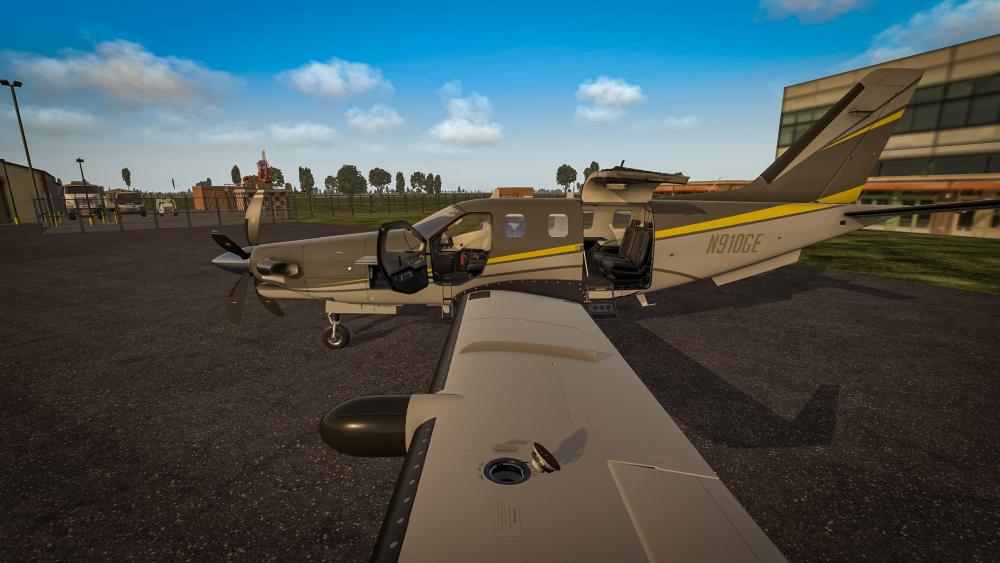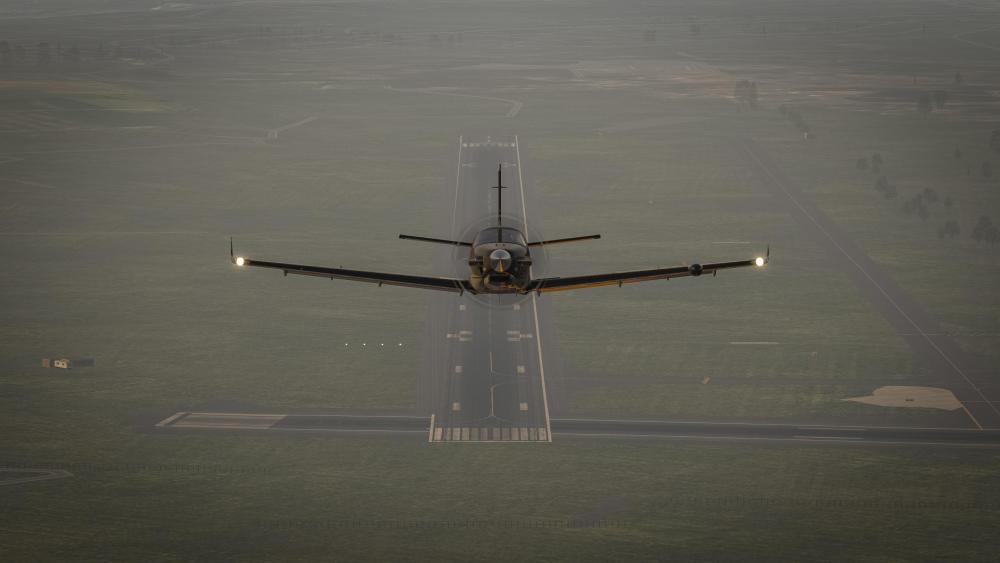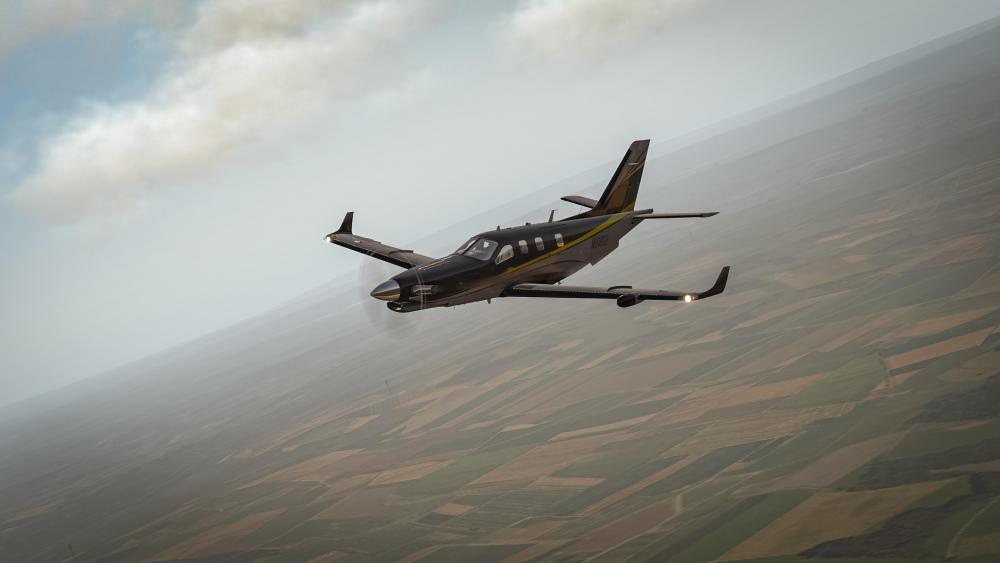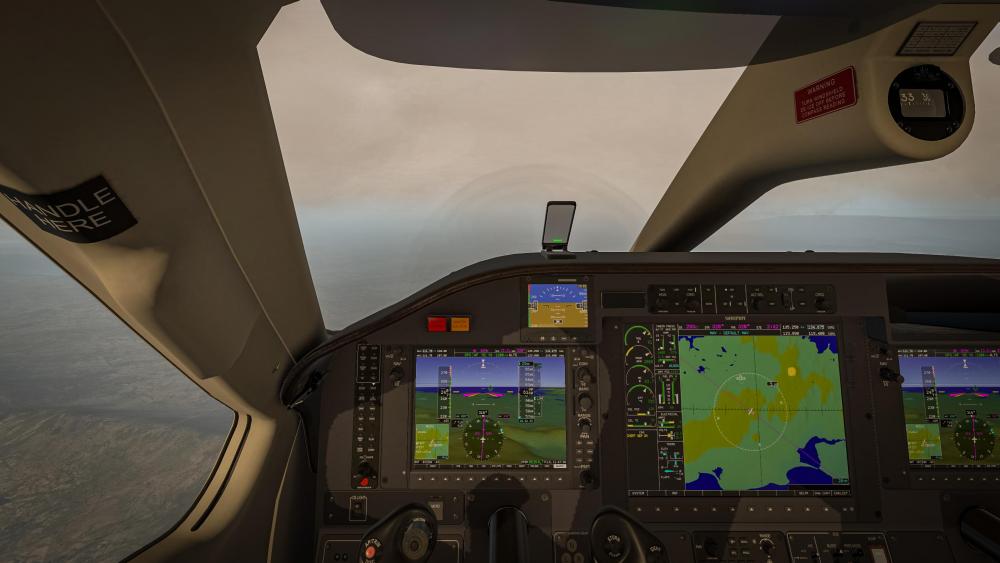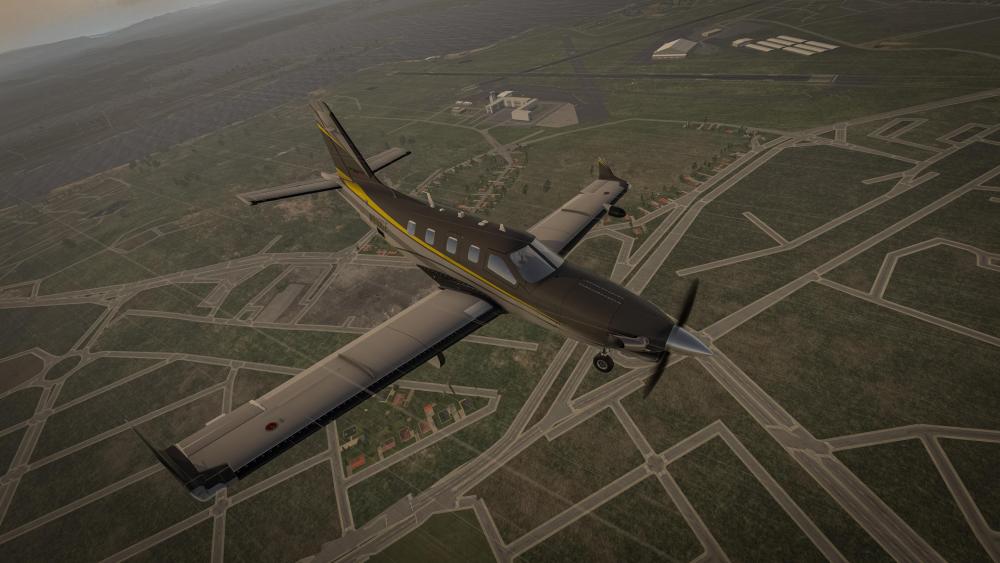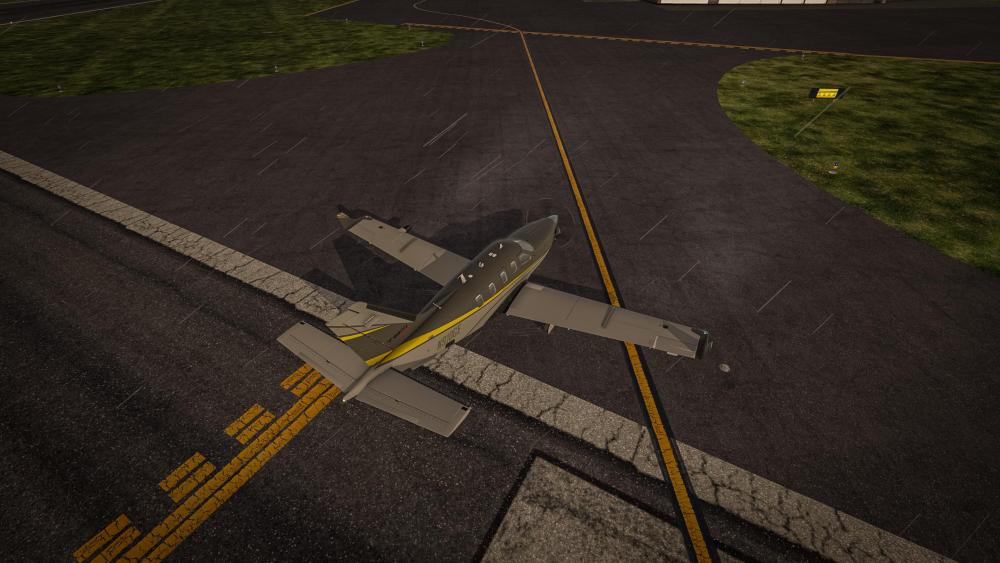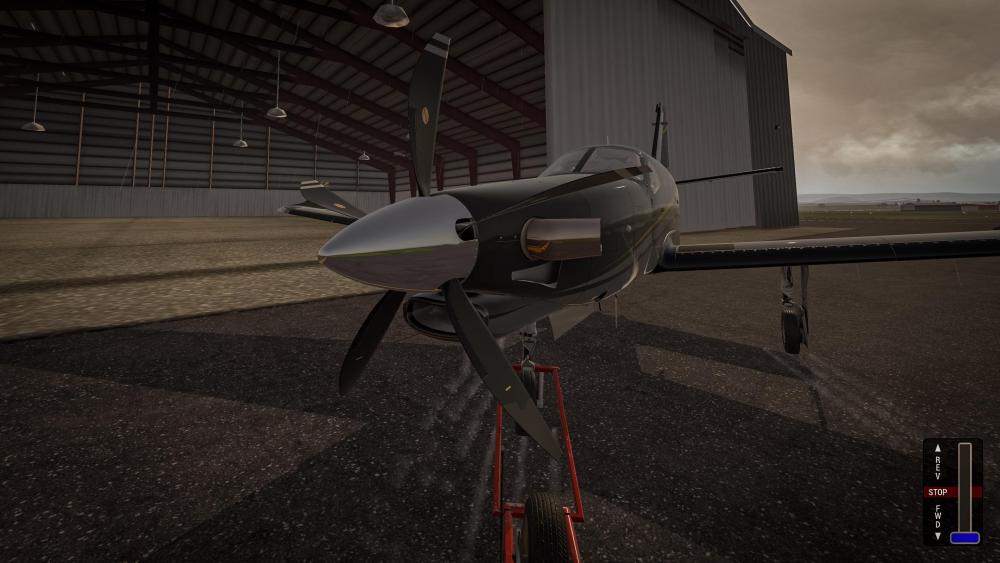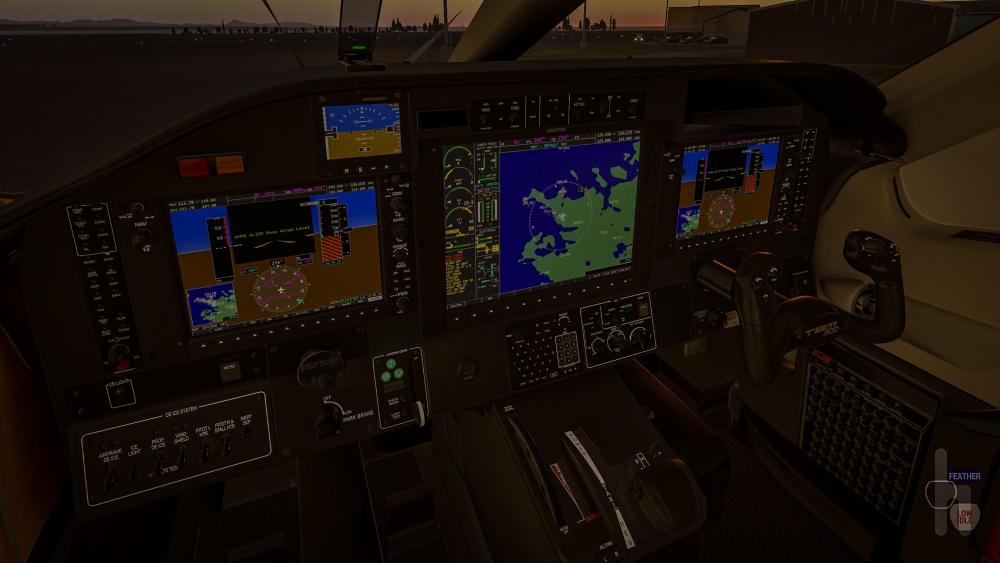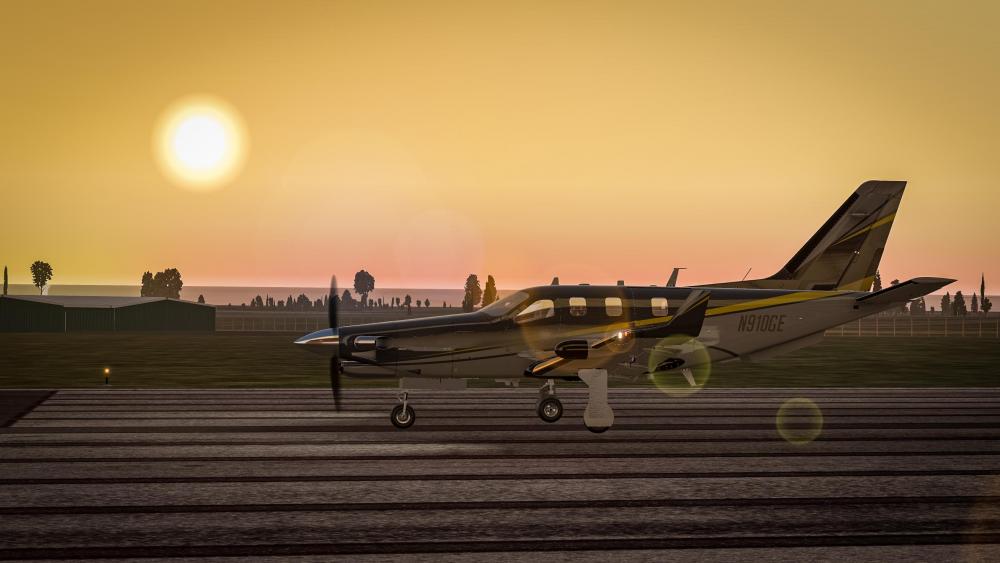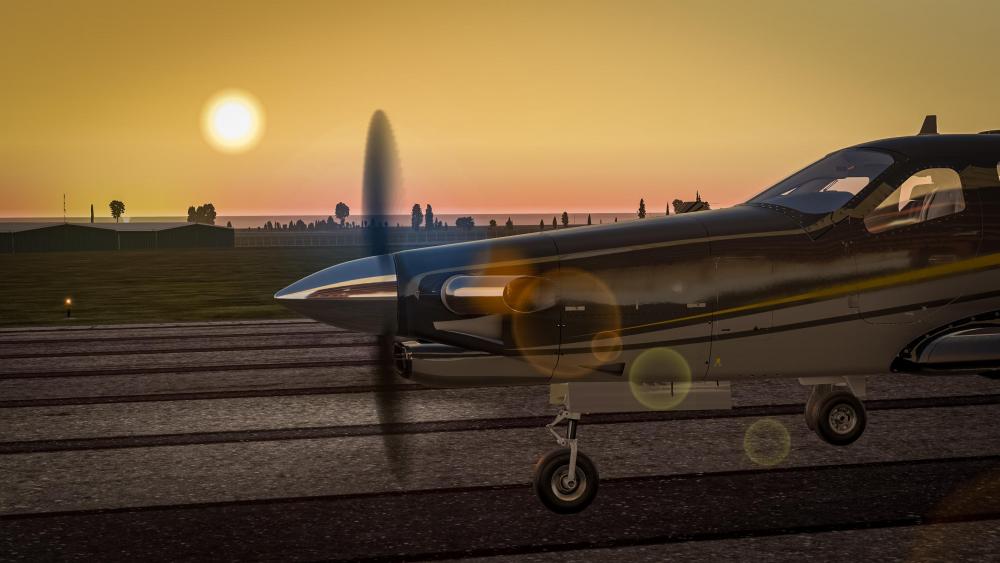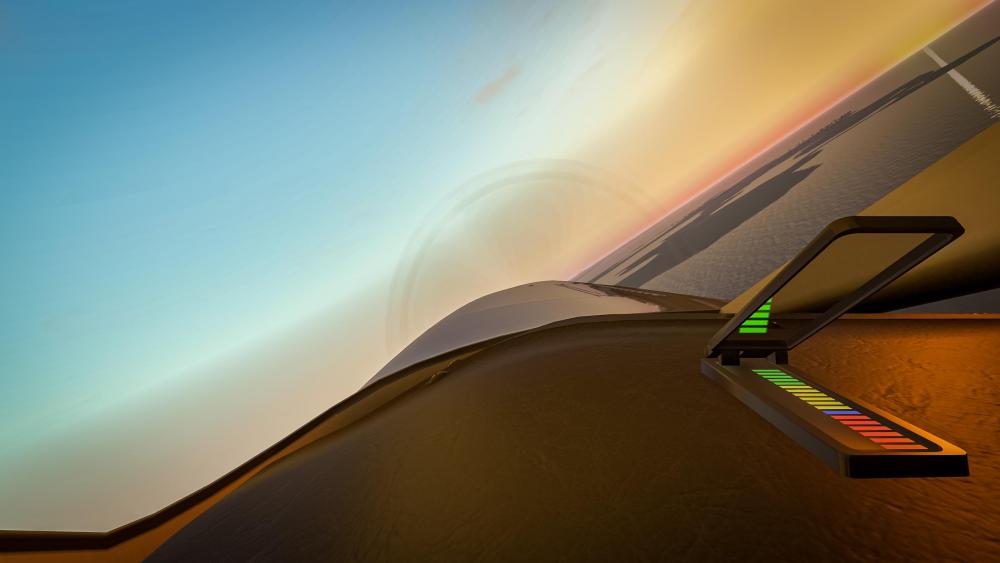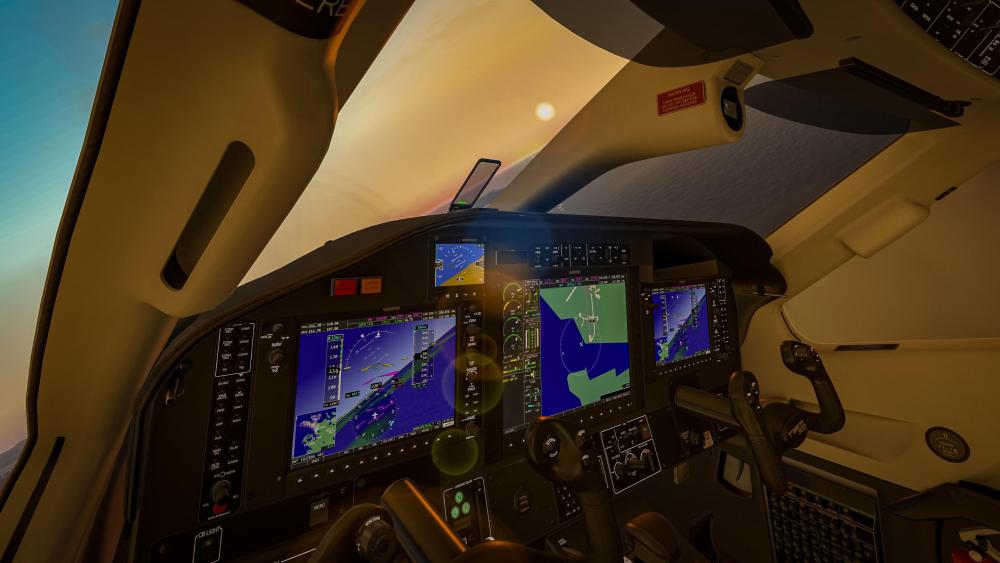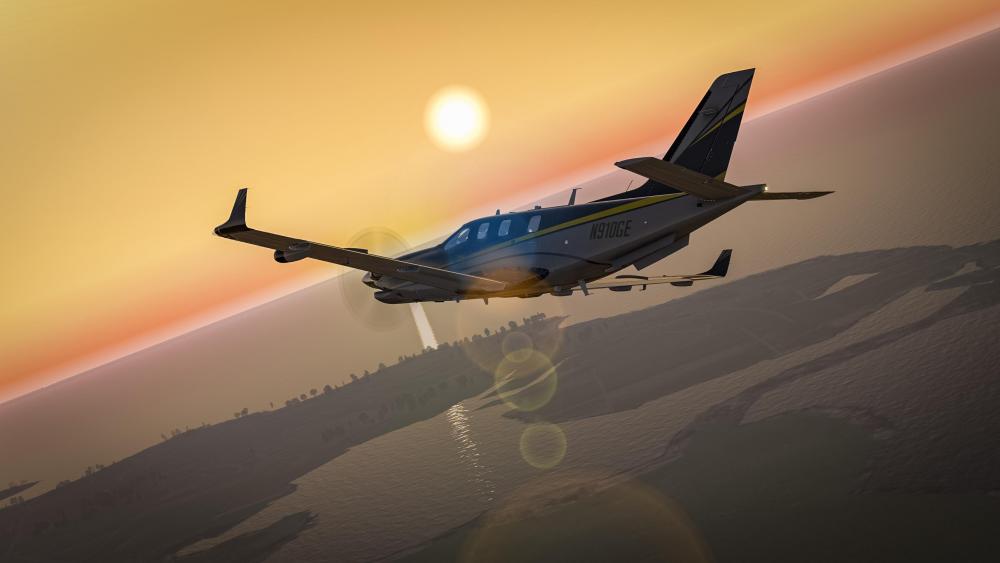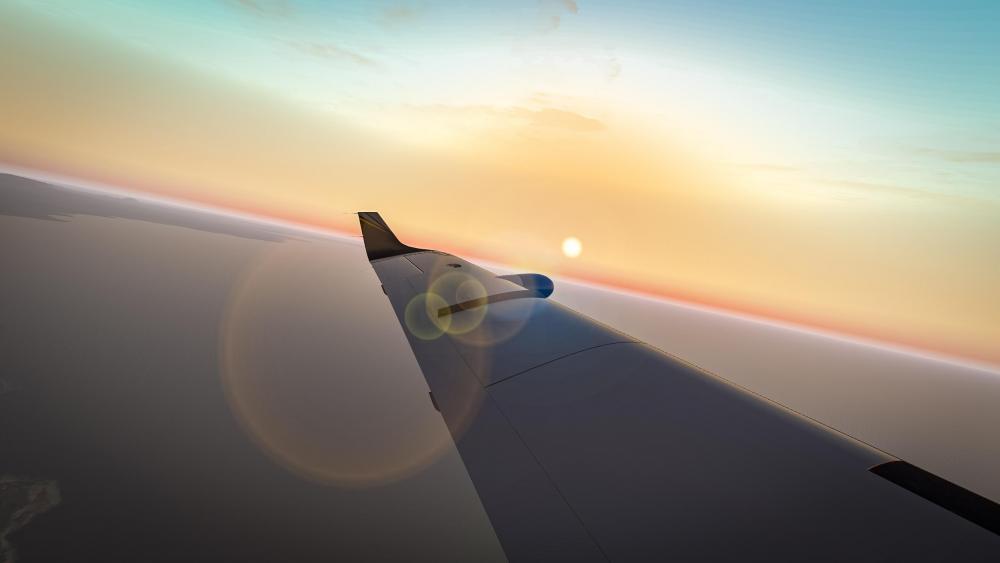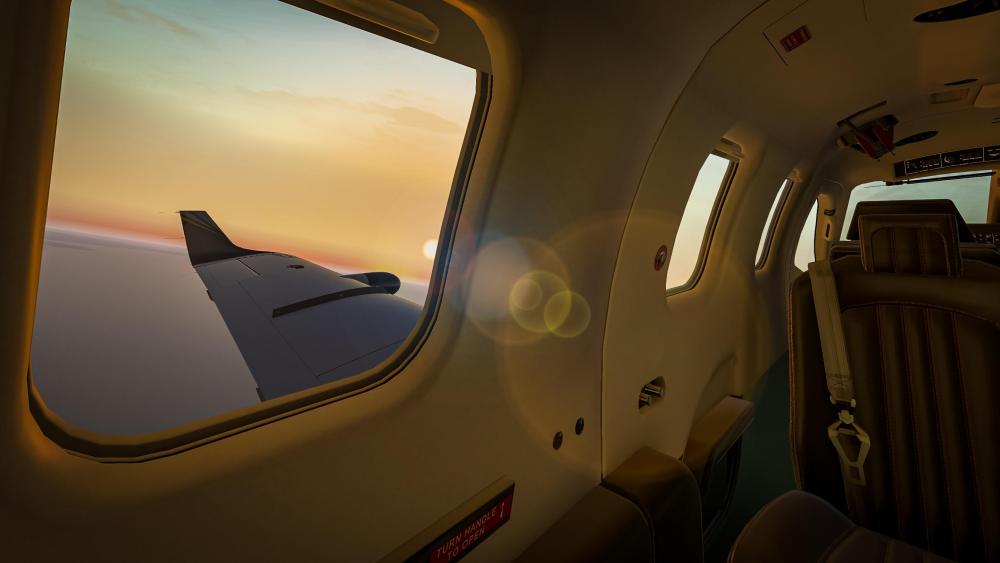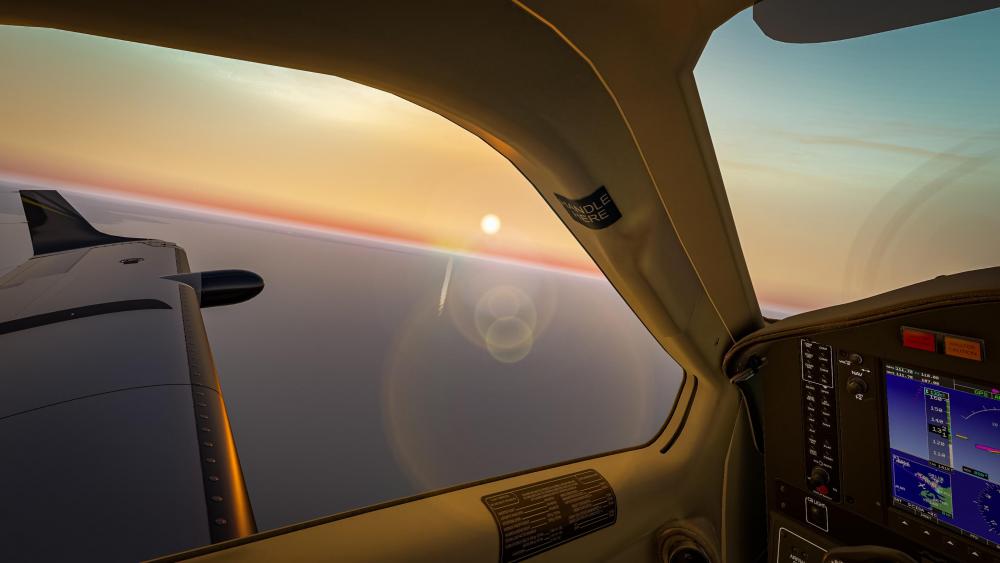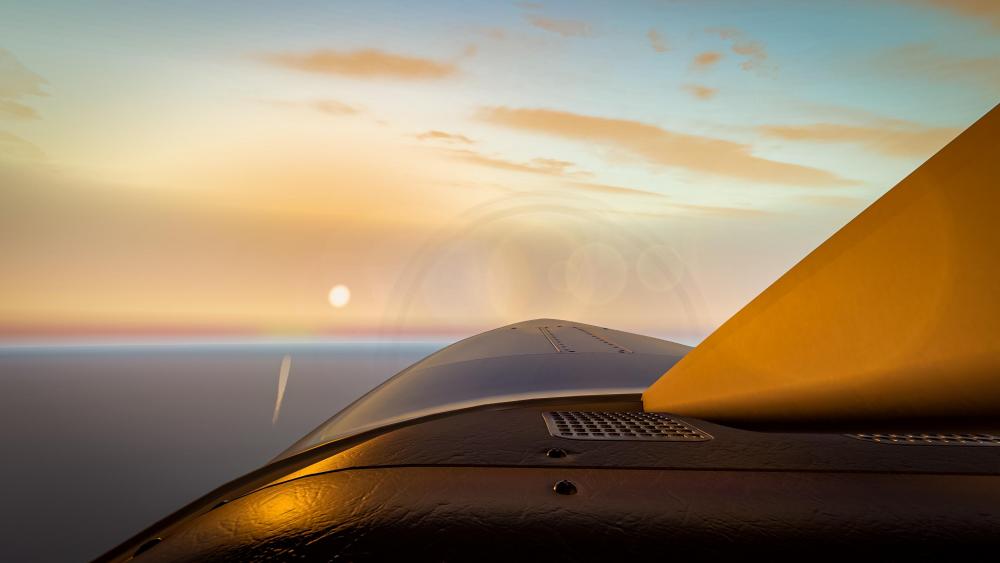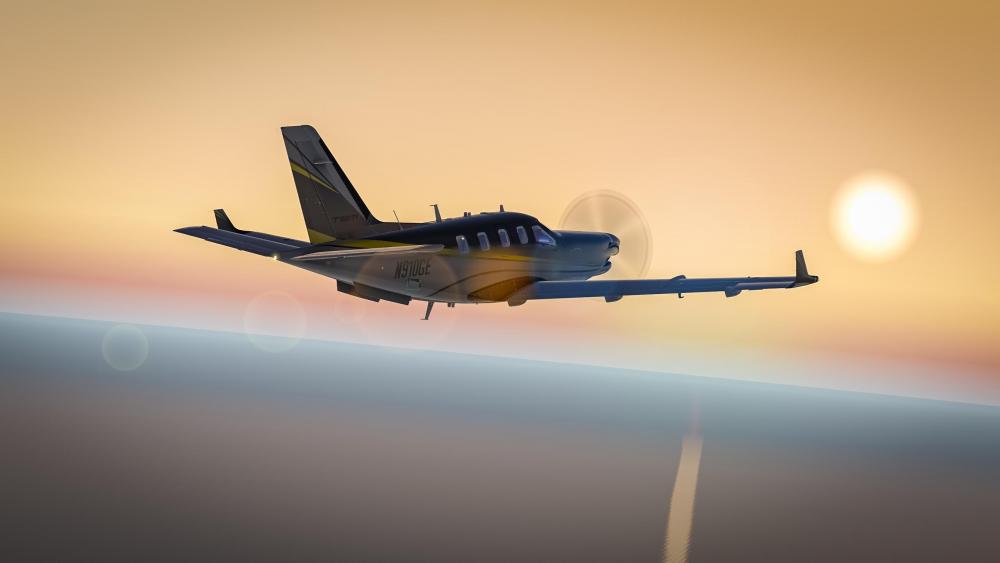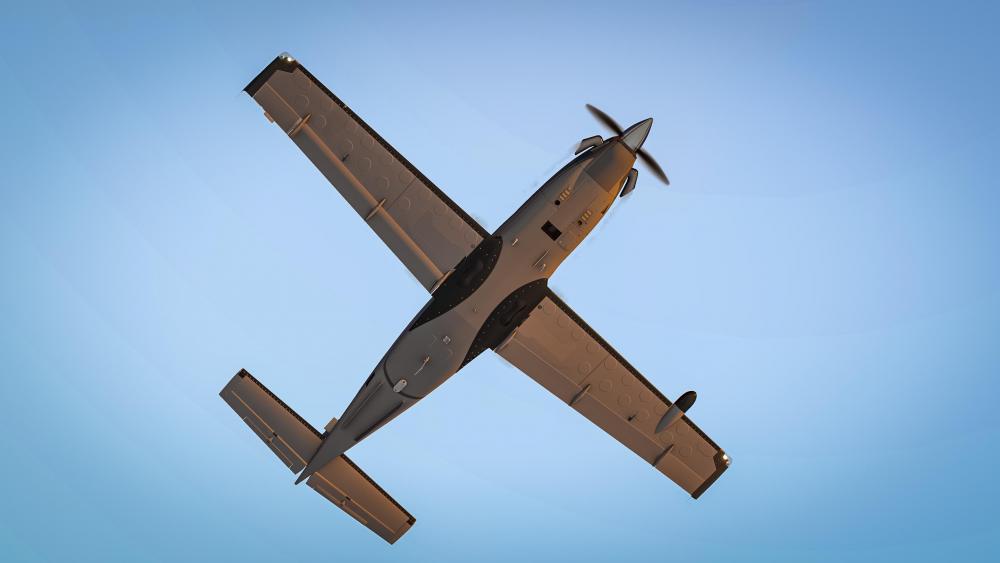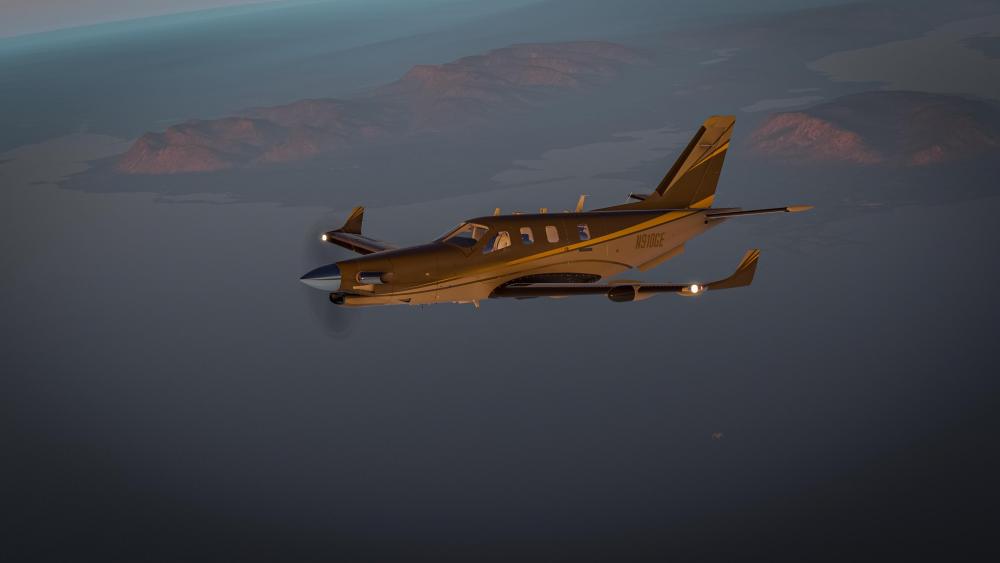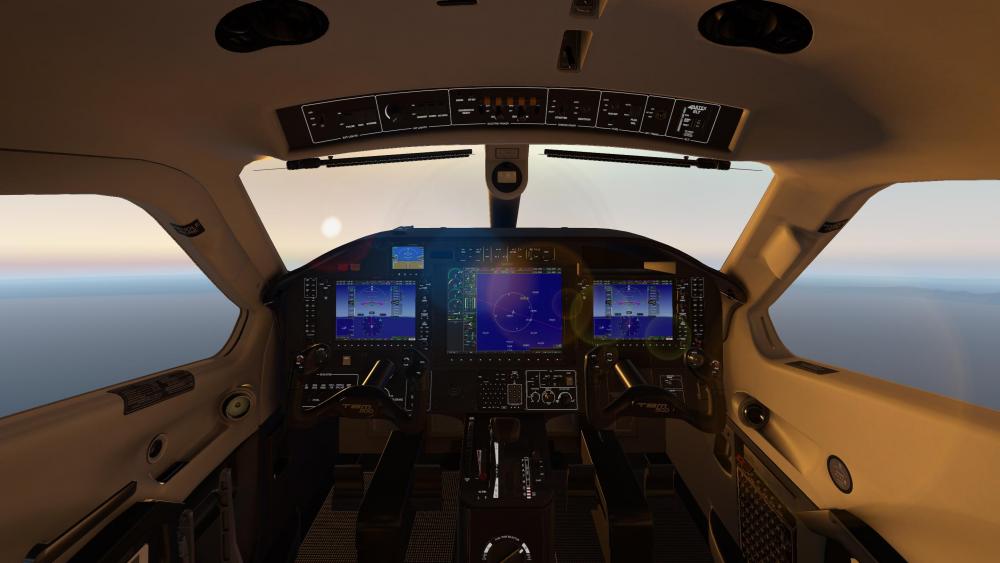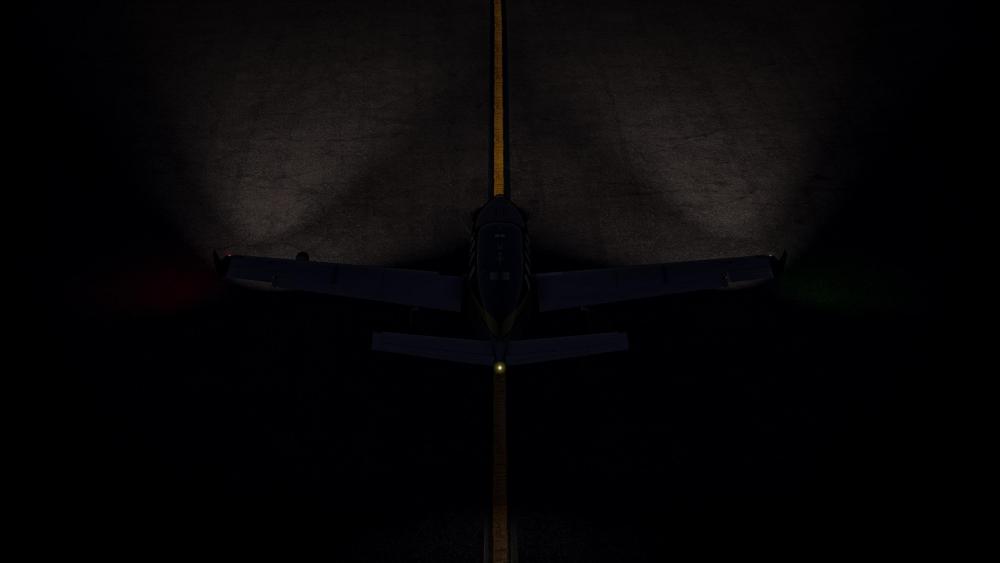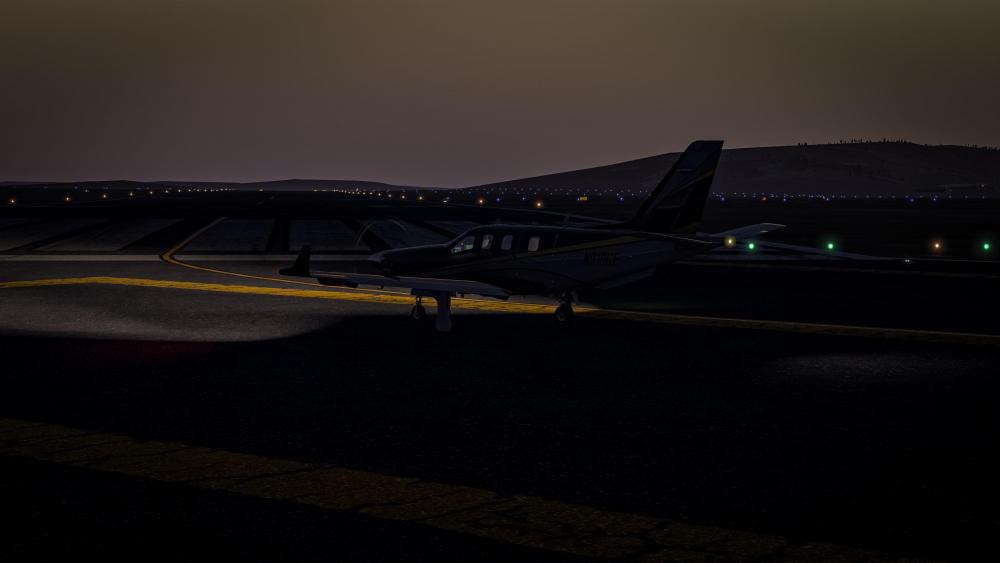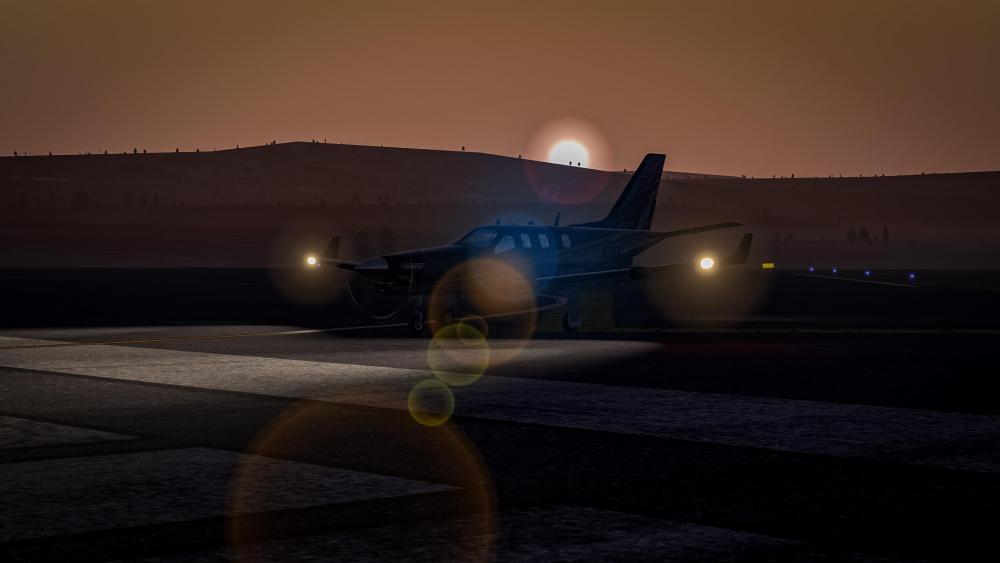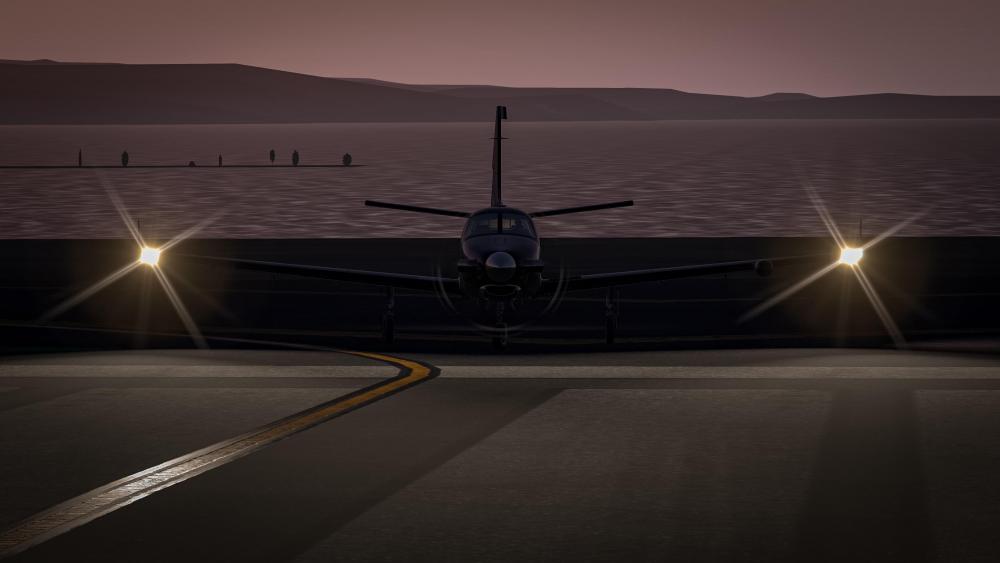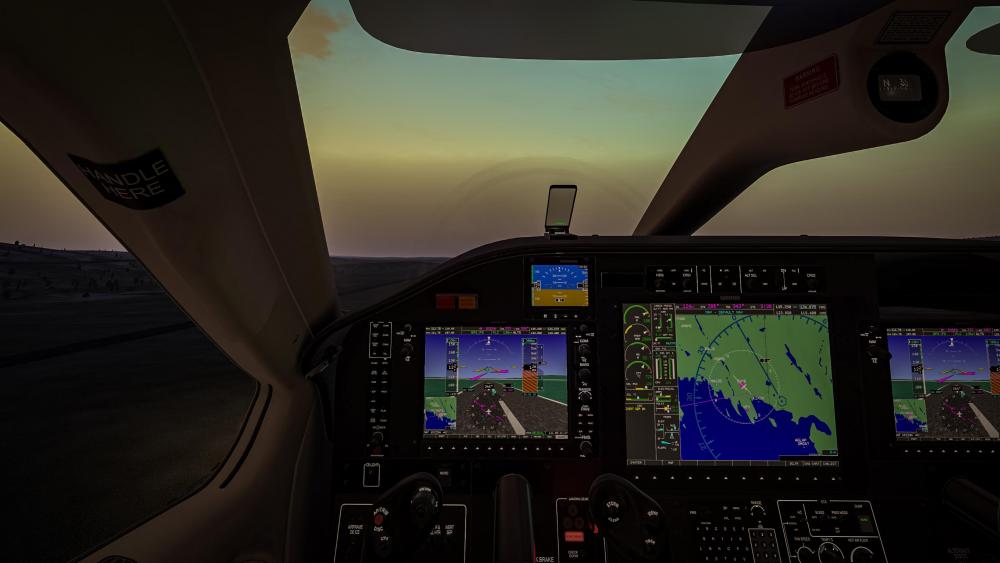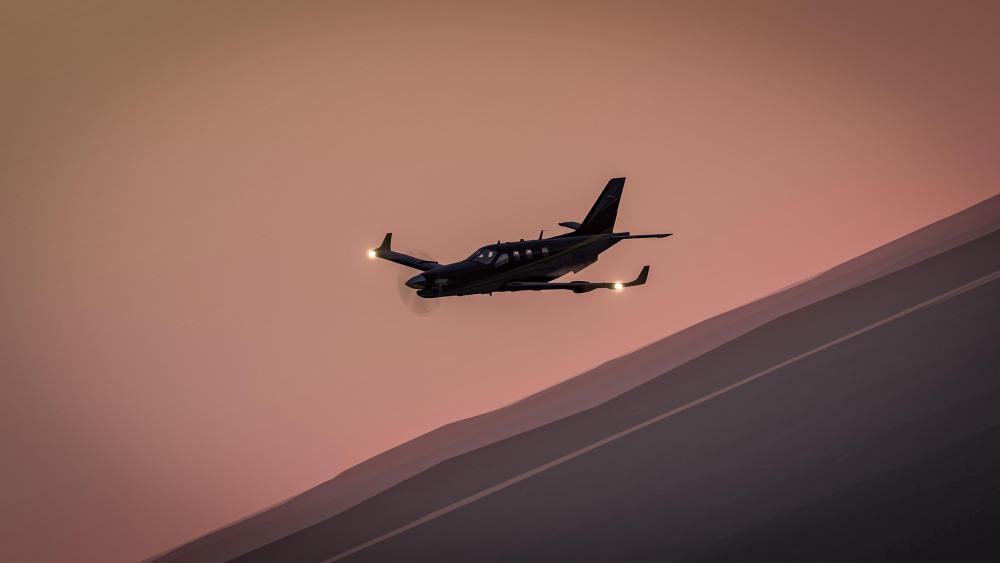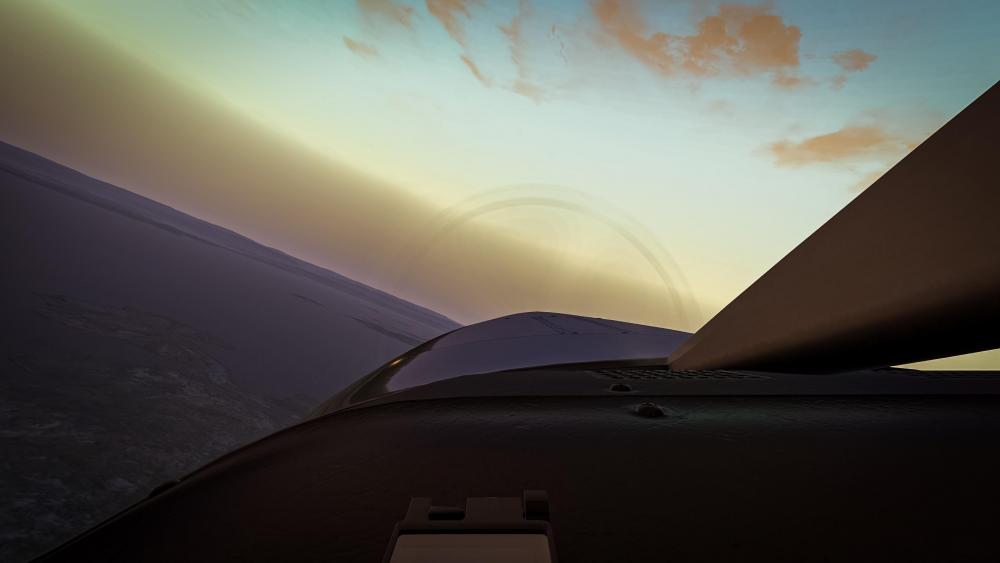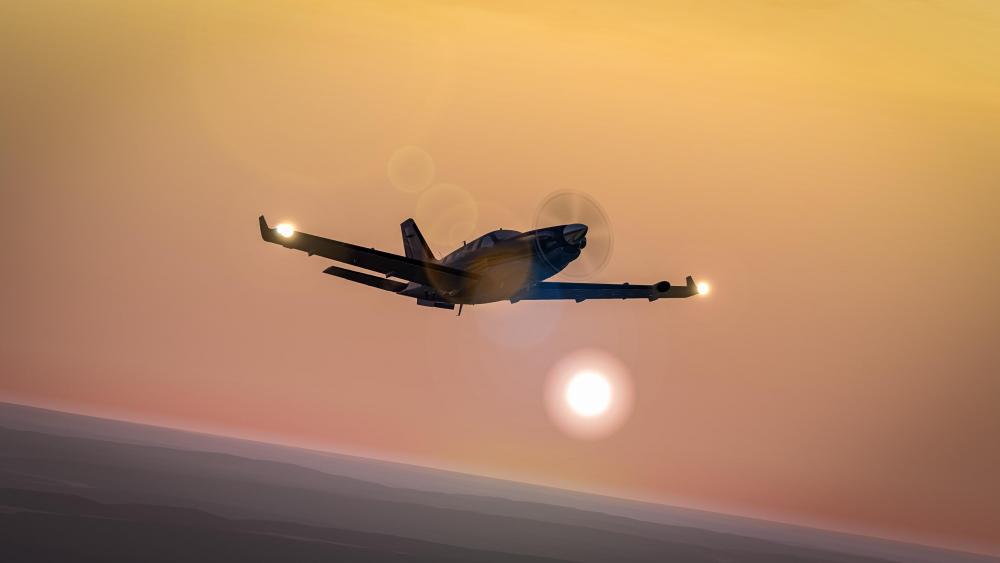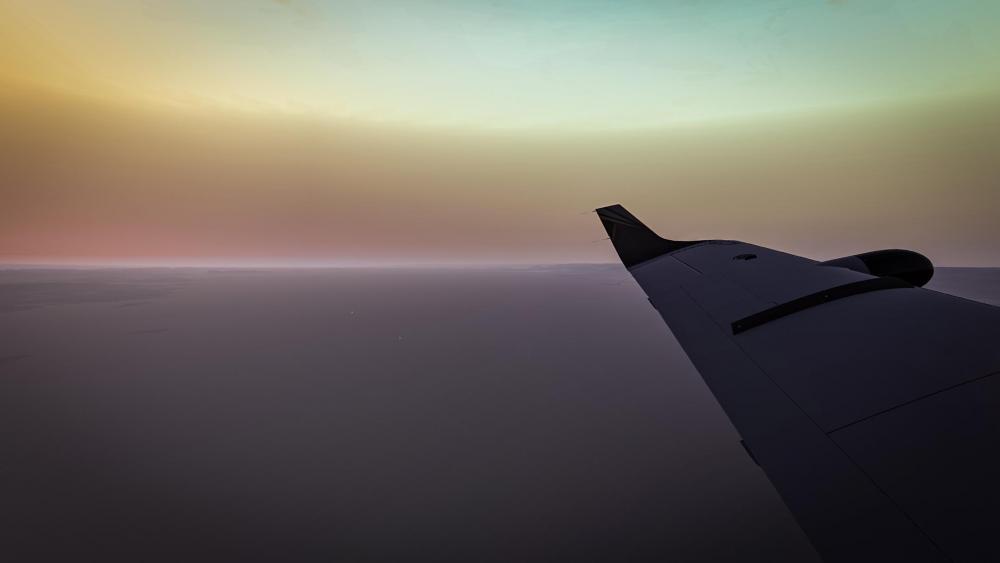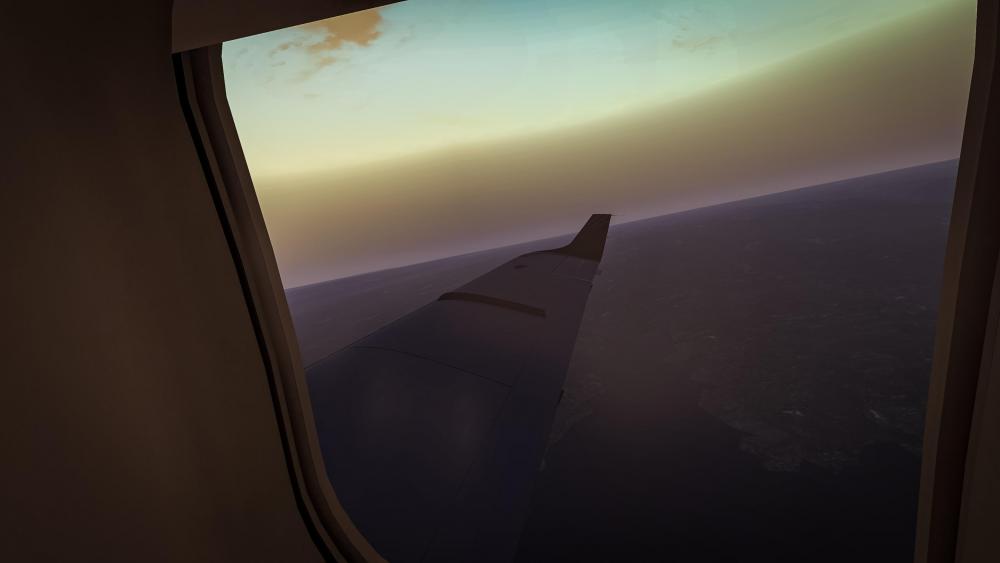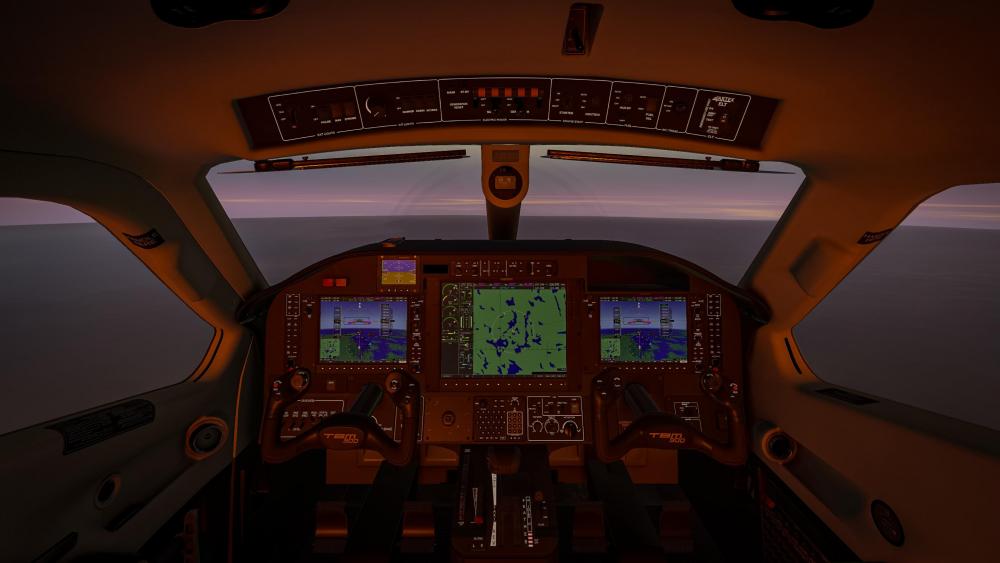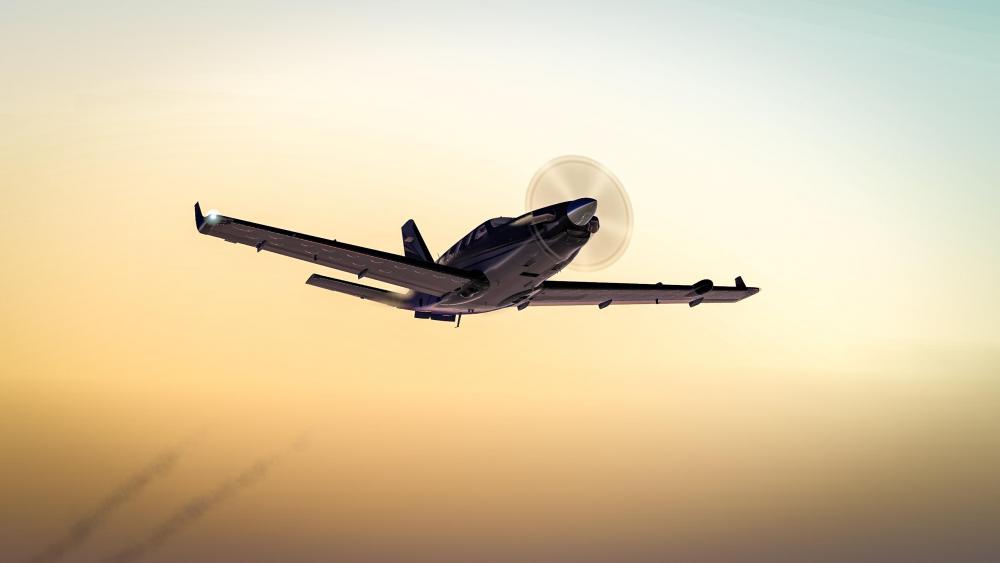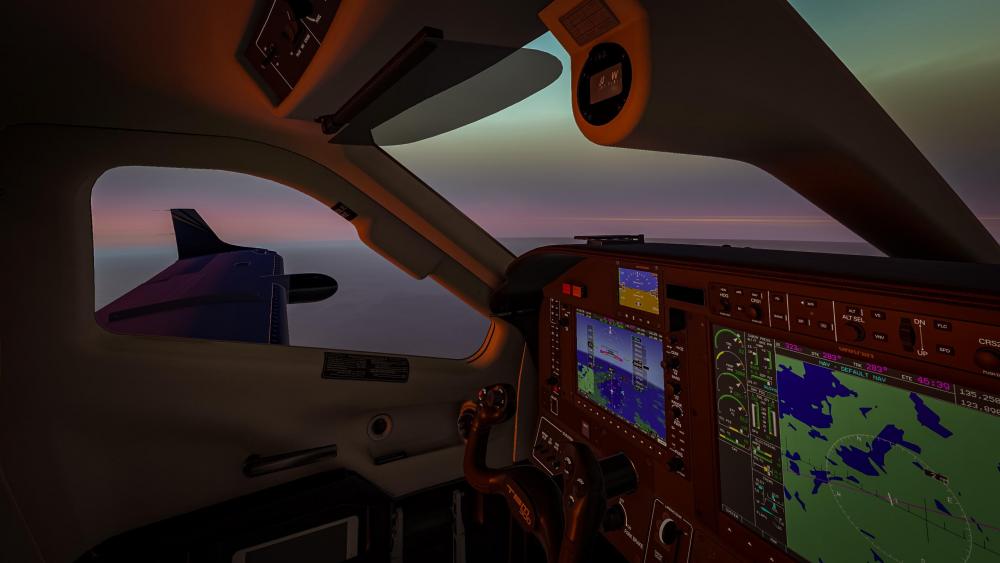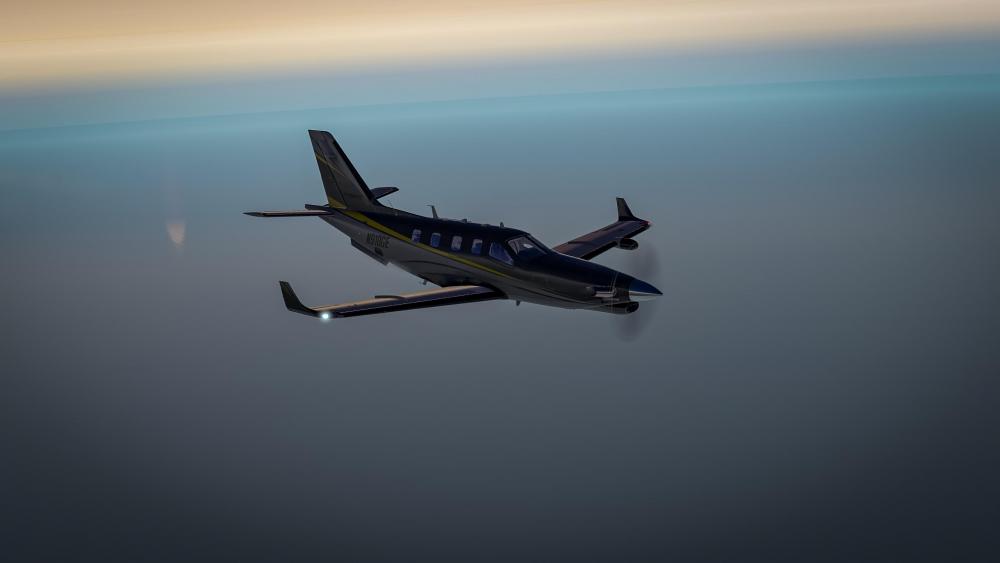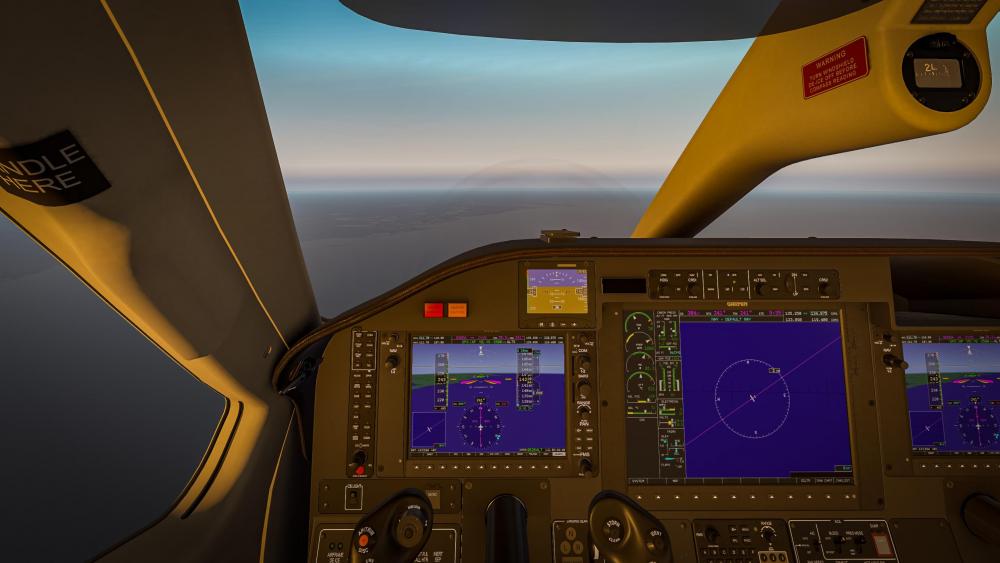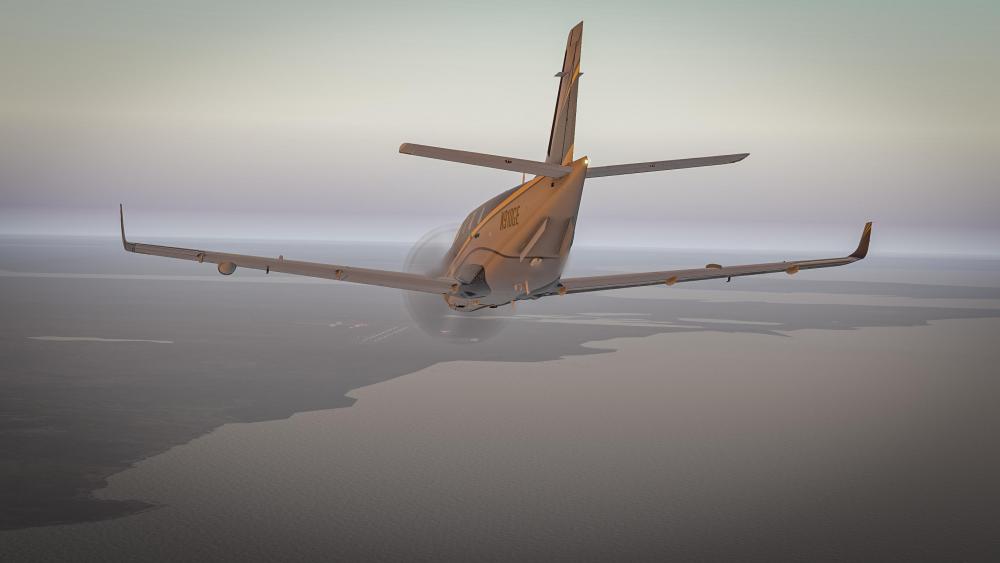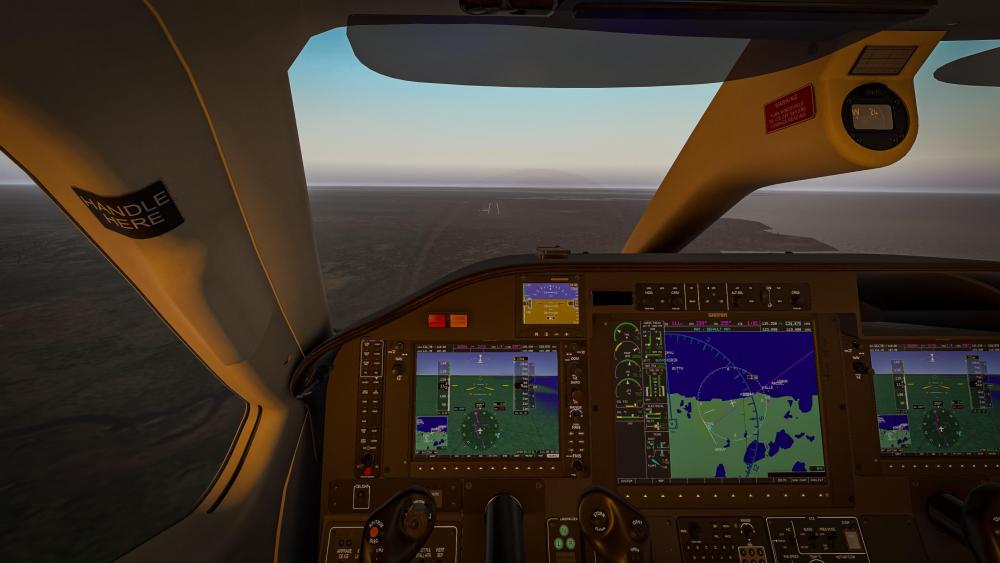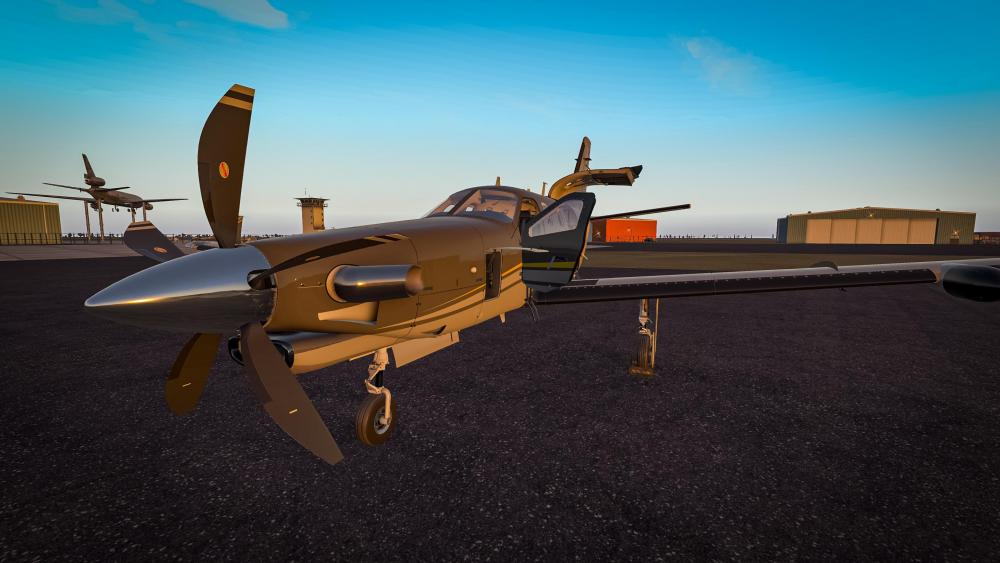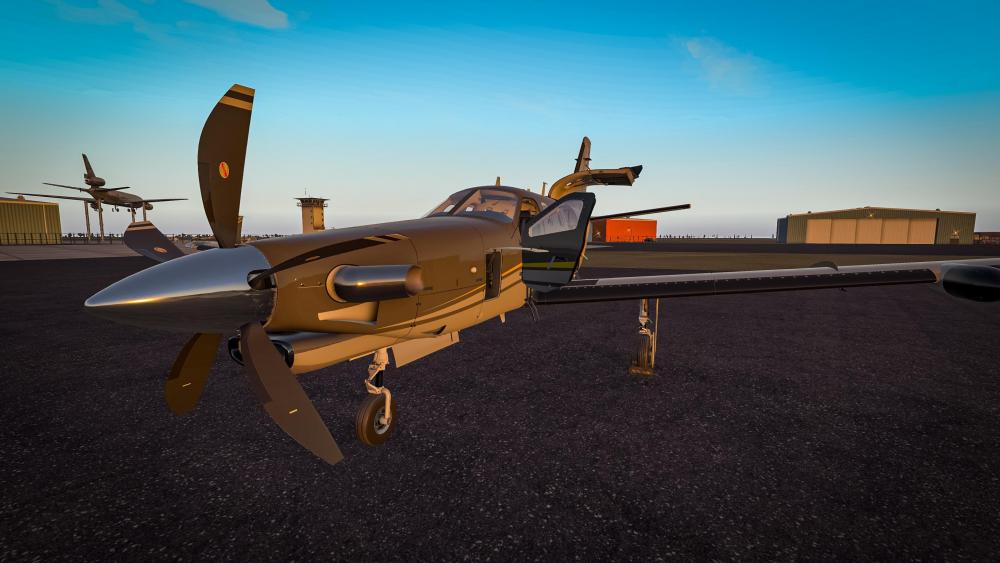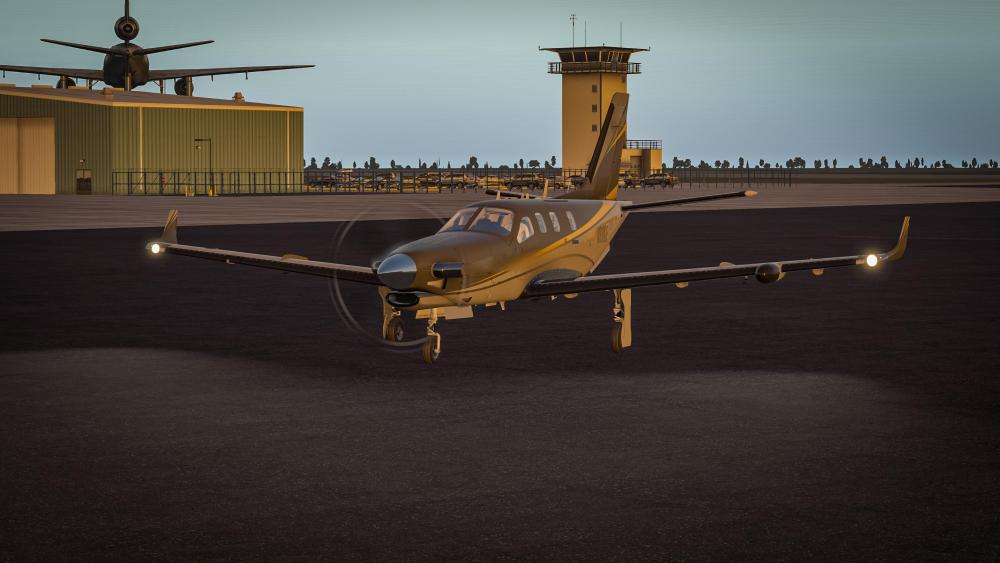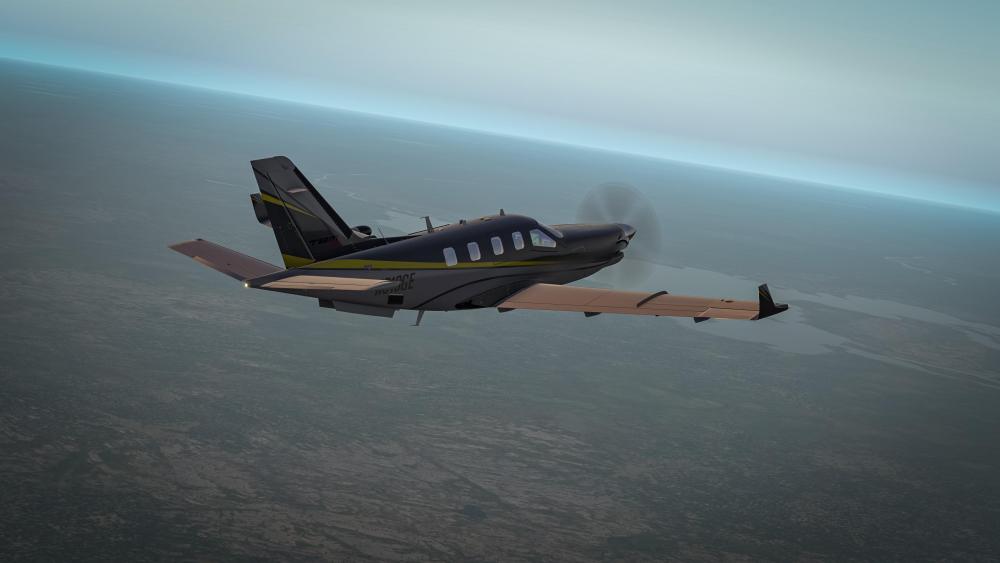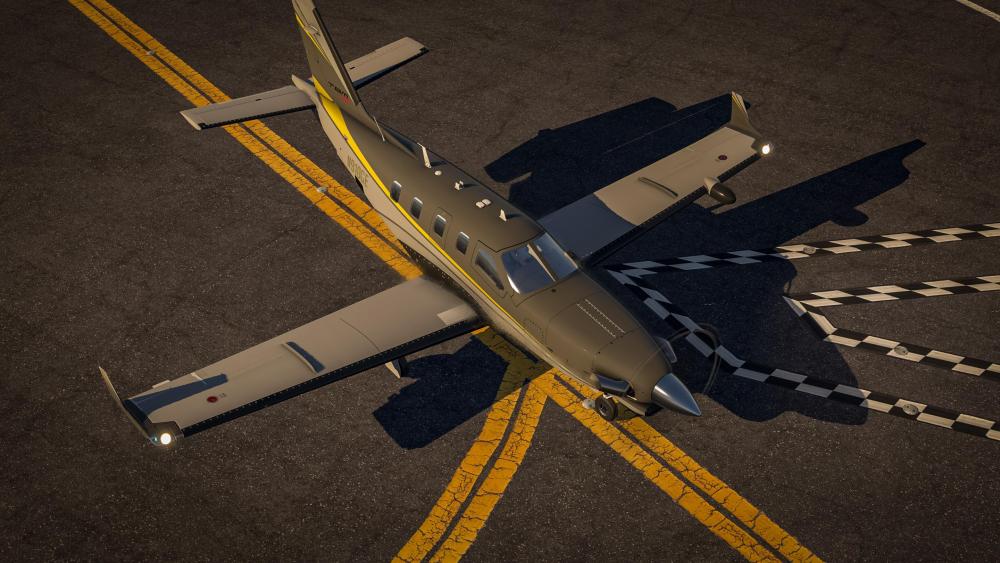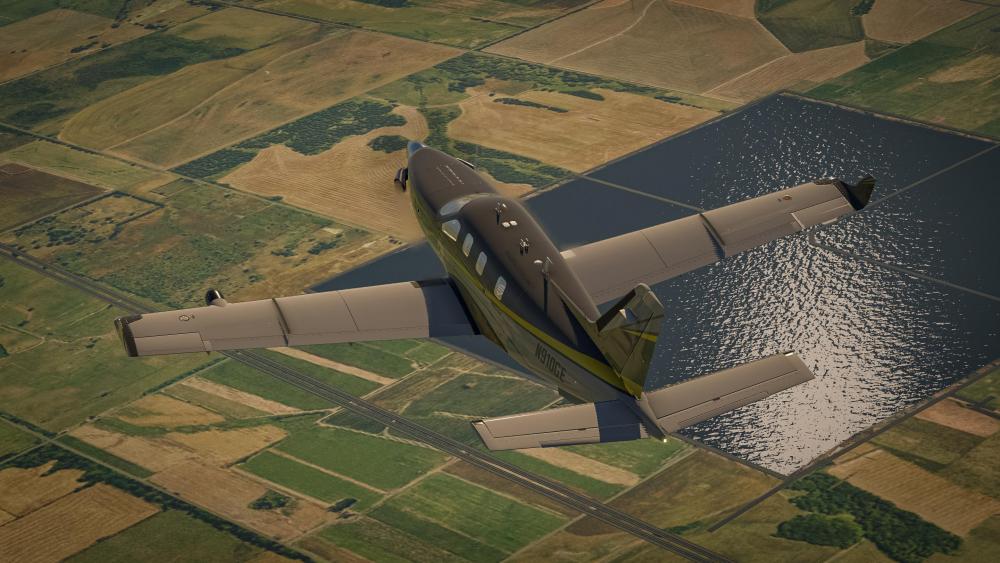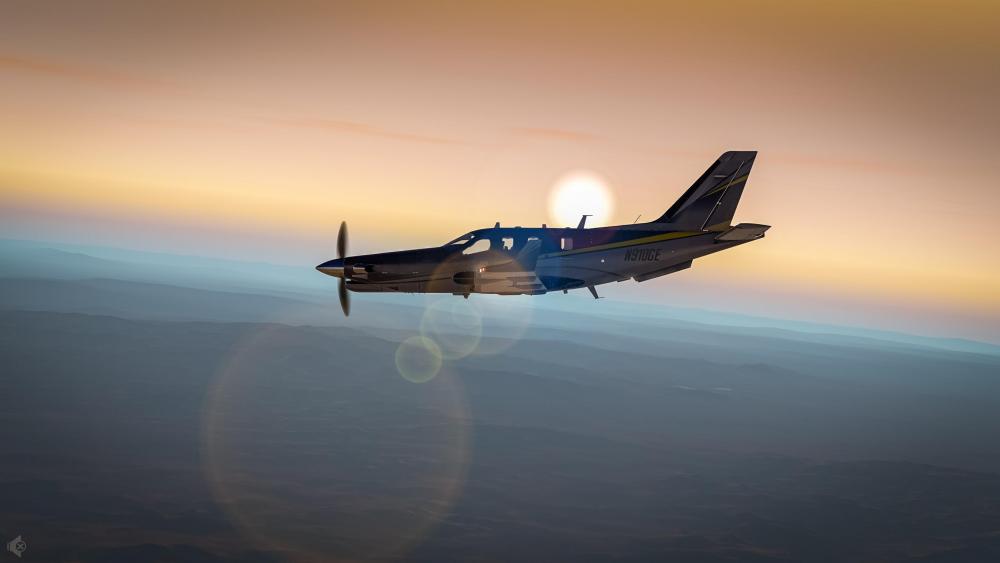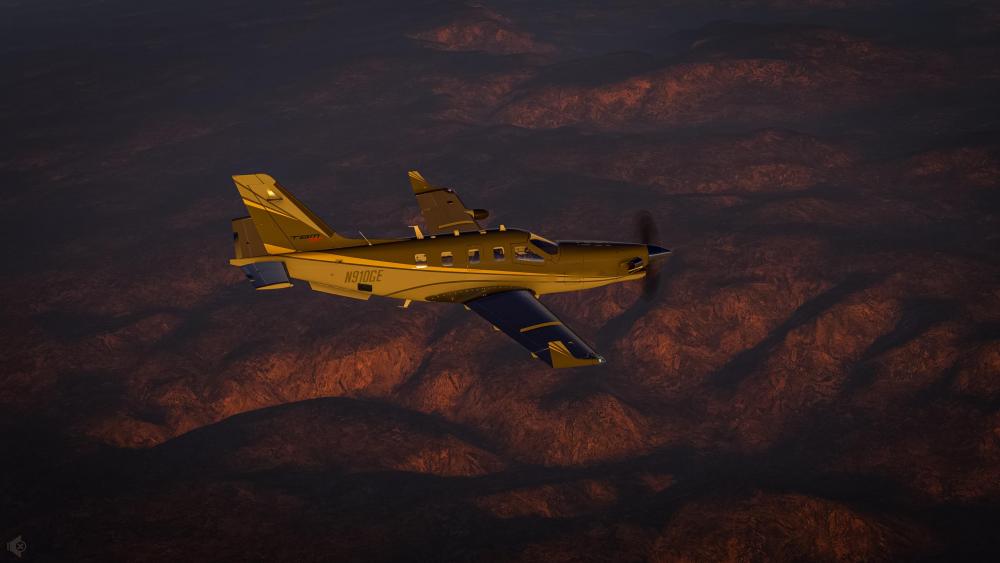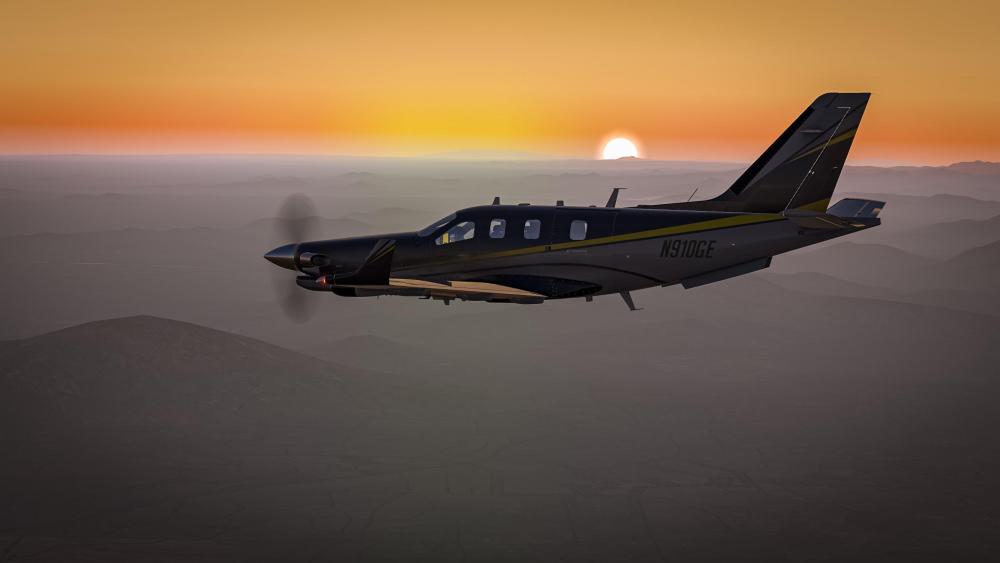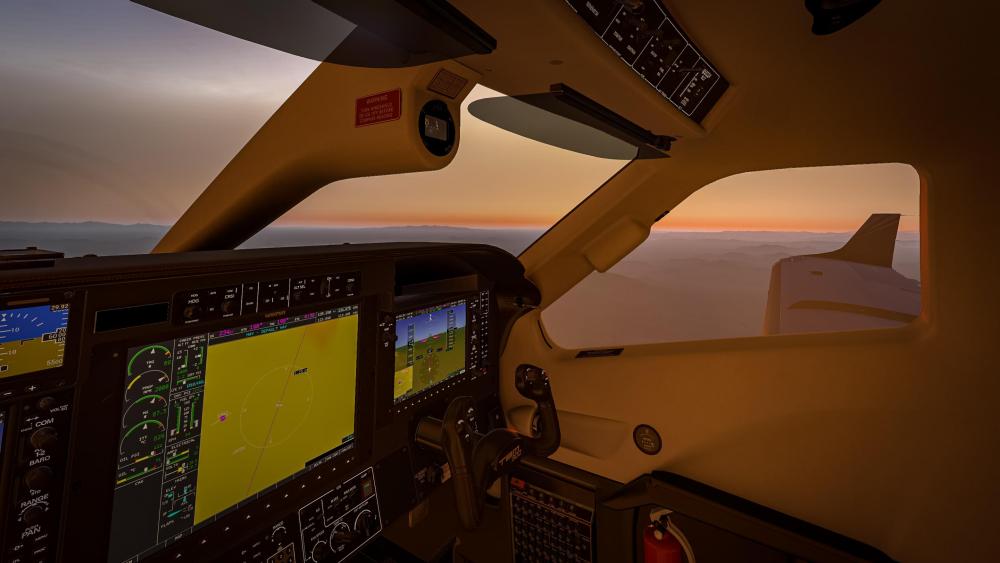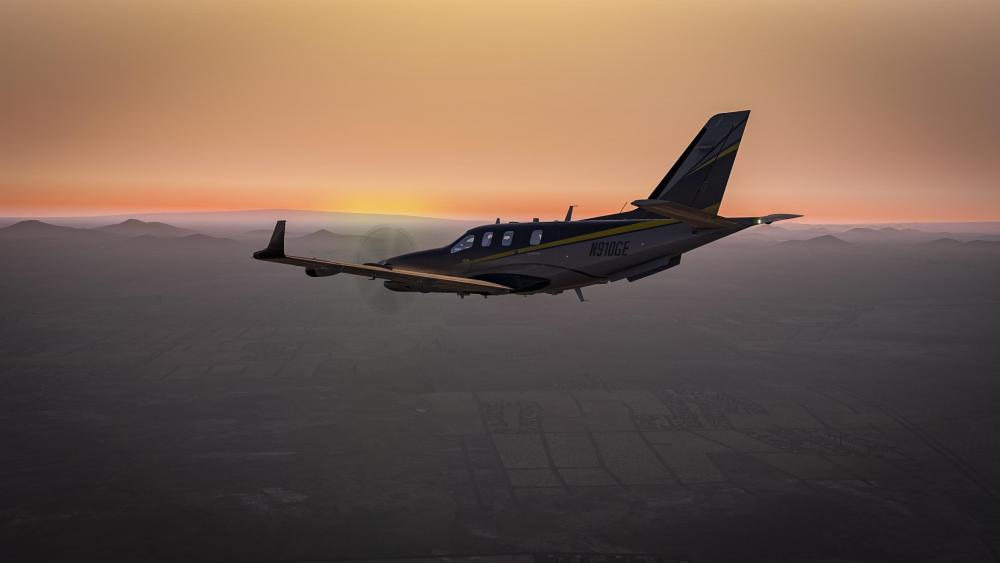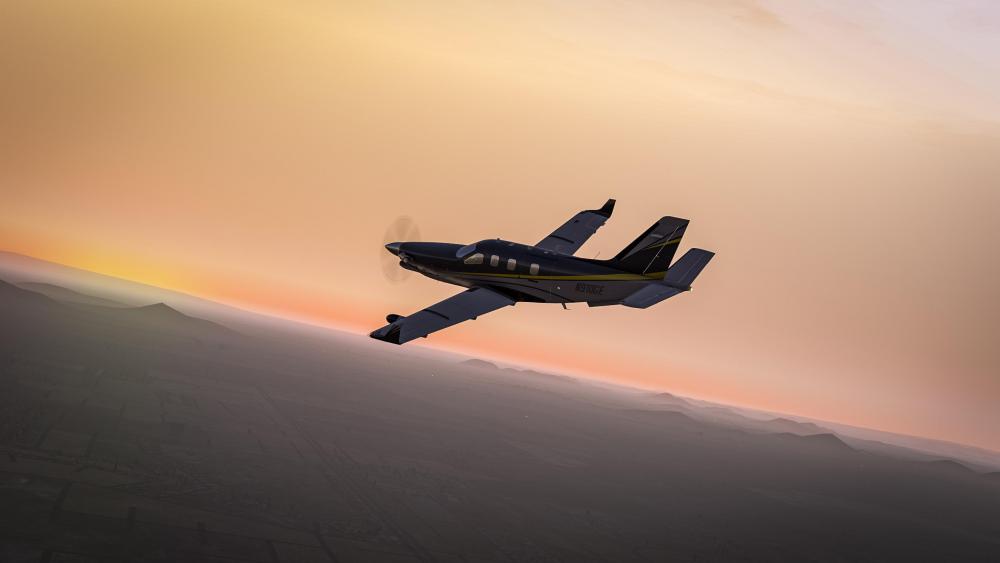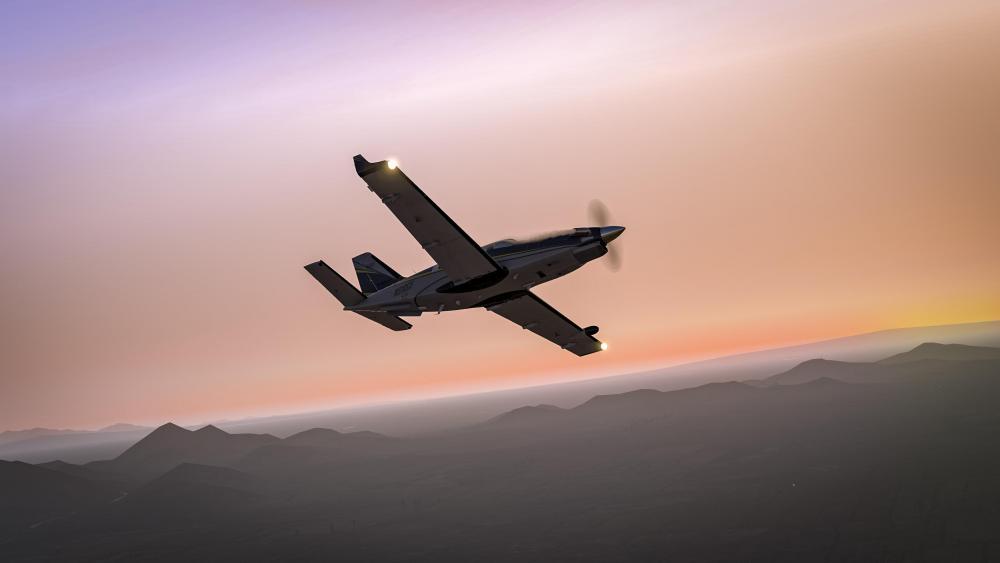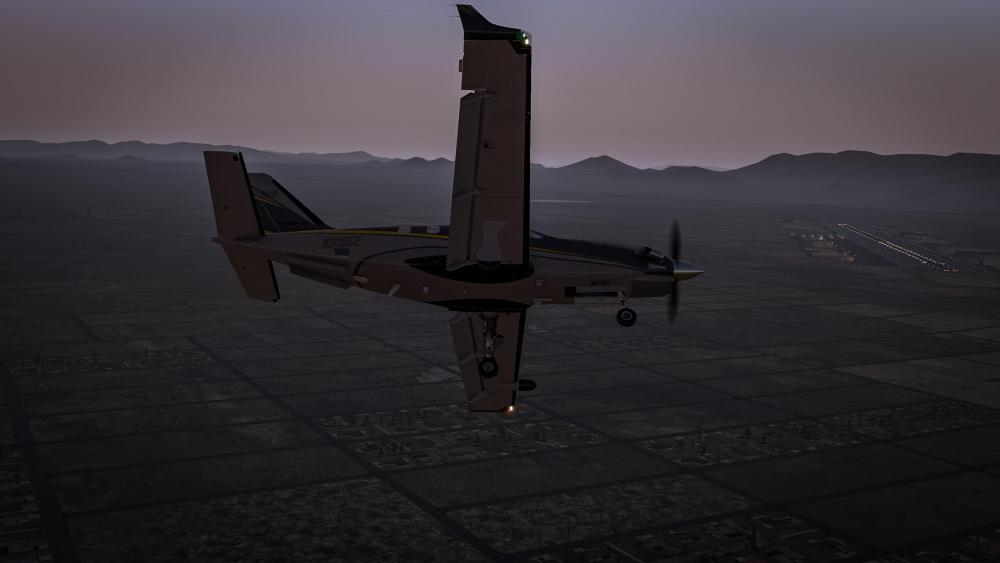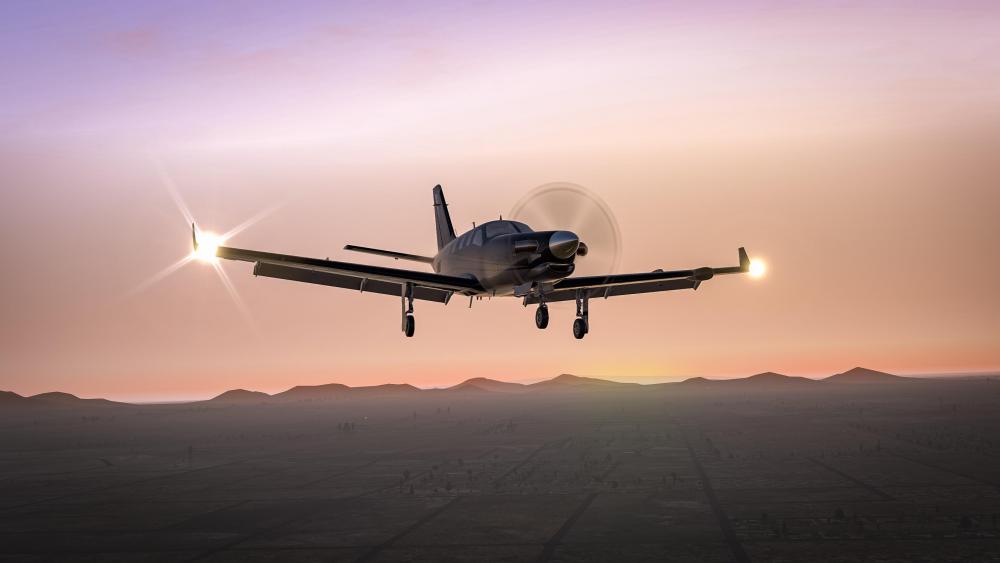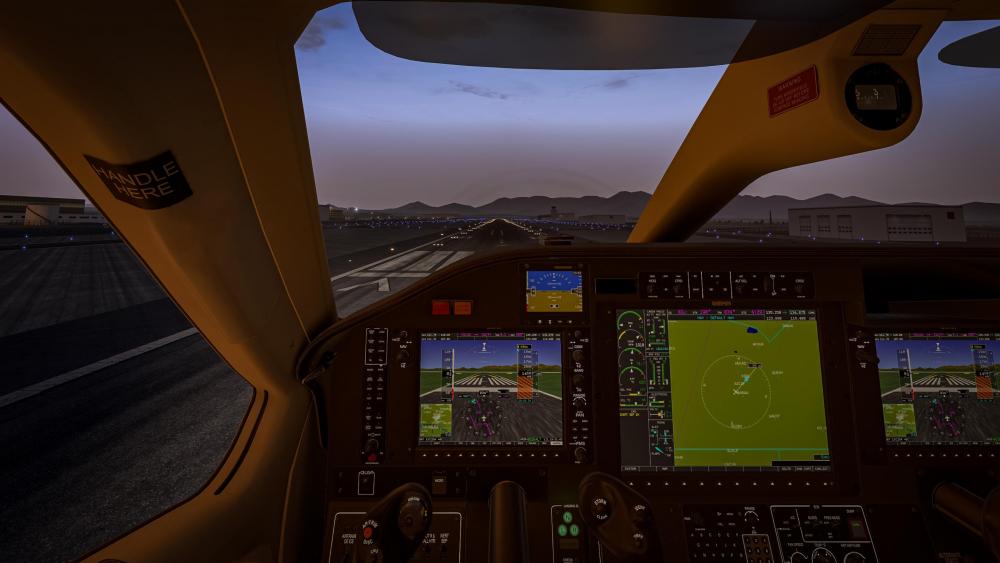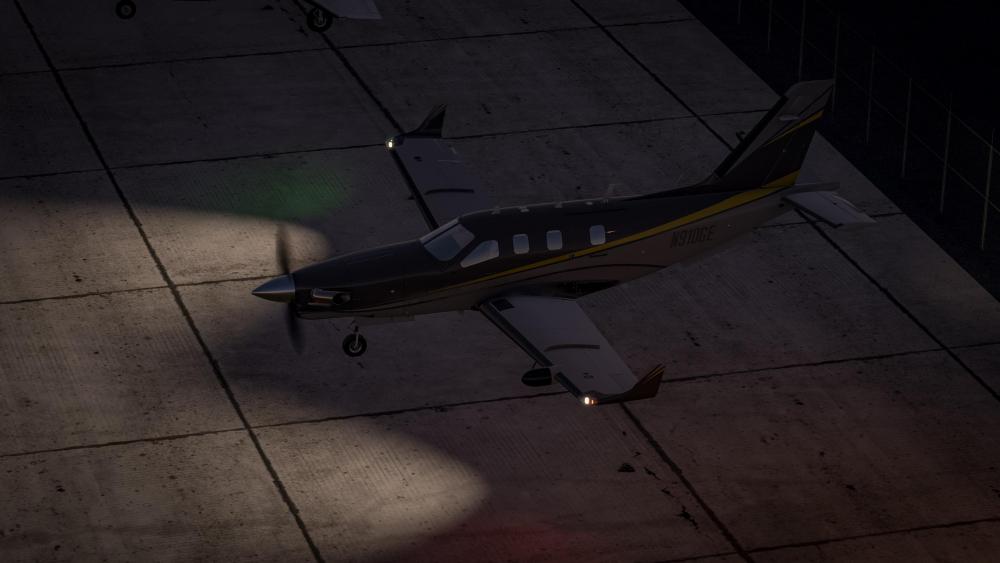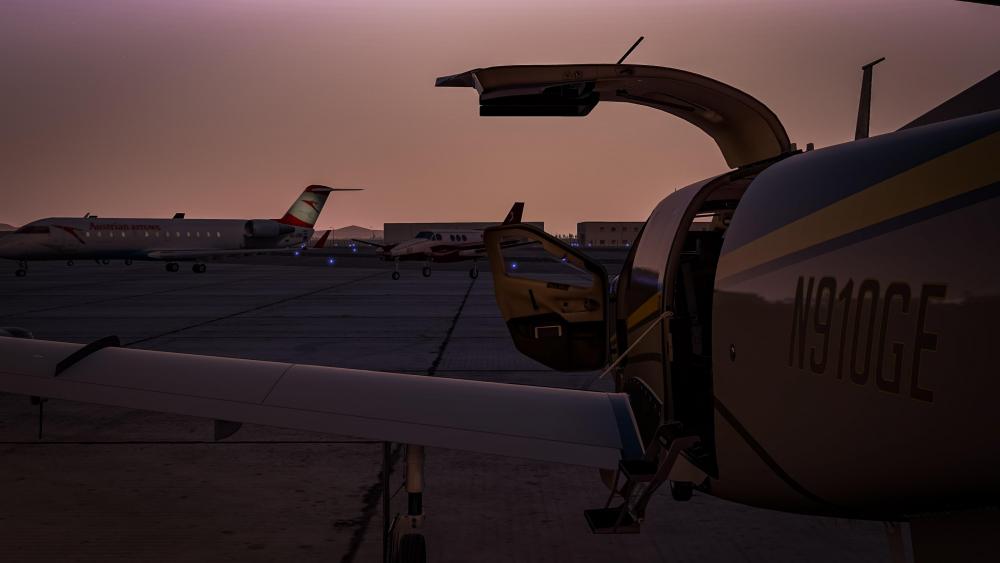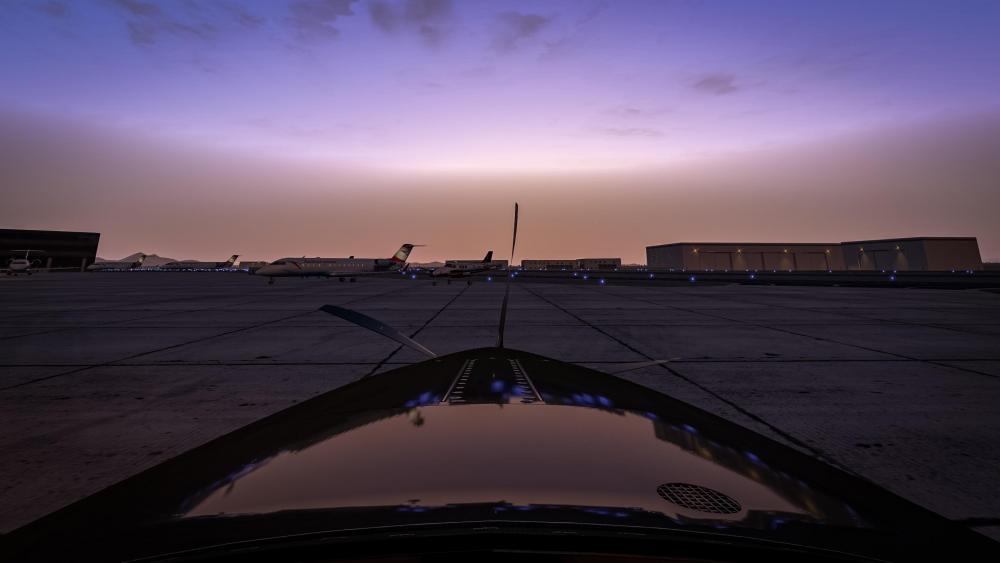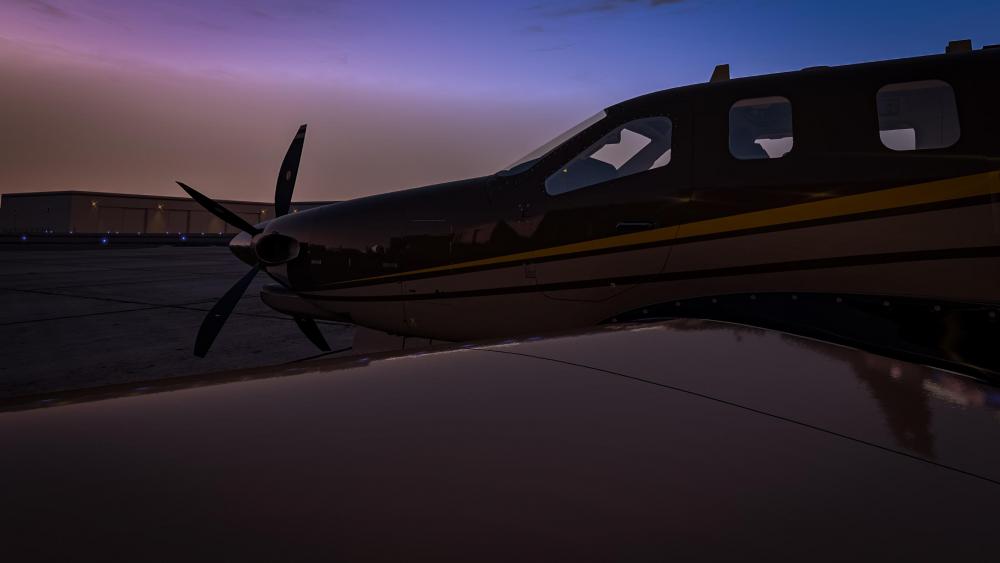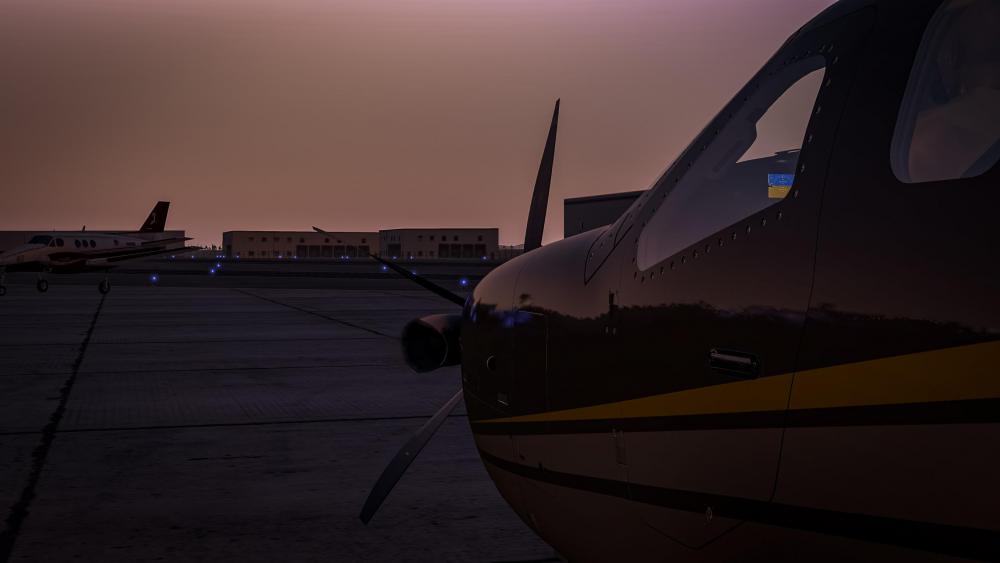Leaderboard
Popular Content
Showing content with the highest reputation on 10/05/2019 in all areas
-
After owning the TBM since the release date, I finally found the time to do the ferry flight from Tarbes. Lots of pictures, with fair weather and lots of water to stare at for 18 hours of flight. A rundown of the flight in N910GE below, enjoy. Leg 1: The TBM factory in Tarbes, France (LFBT) to Prestwick, Scottsdale (EGPK) 30,000 feet above England/Scotland 30,000 feet above England/Scotland Descent into Prestwick, Scotland (EGPK) Descent into Prestwick, Scotland (EGPK) Turning final approach into Prestick On the ground in Prestwick Quick turnaround in Prestwick, only landed for fuel Leg 2: Prestwick, England (EGPK) to Reykjavik, Iceland (BIRK) Rocketing out of Prestwick, headed for Reykjavik, Iceland. Rocketing out of Prestwick, headed for Reykjavik, Iceland. Approach into Reykjavik, weather conditions begin to deteriorate. Sleet/Rain becomes a factor with dropping temps and decreasing visibility. Approach into Reykjavik, weather conditions begin to deteriorate. Sleet/Rain becomes a factor with dropping temps and decreasing visibility. On the ground in Reykjavik Going in the hangar at Reykjavik until the weather clears By evening, weather in Reykjavik cleared up nicely. Start-up from Reykjavik, bound for Canada Leg 3: Reykjavik, Iceland (BIRK) to Iqaluit, Canada (CYFB) A nice sunset departure from Reykjavik, crossing the Atlantic into the night. A nice sunset departure from Reykjavik, crossing the Atlantic into the night. A nice sunset departure from Reykjavik, crossing the Atlantic into the night. A nice sunset departure from Reykjavik, crossing the Atlantic into the night. A nice sunset departure from Reykjavik, crossing the Atlantic into the night. A nice sunset departure from Reykjavik, crossing the Atlantic into the night. A nice sunset departure from Reykjavik, crossing the Atlantic into the night. A nice sunset departure from Reykjavik, crossing the Atlantic into the night. A nice sunset departure from Reykjavik, crossing the Atlantic into the night. A nice sunset departure from Reykjavik, crossing the Atlantic into the night. A nice sunset departure from Reykjavik, crossing the Atlantic into the night. A nice sunset departure from Reykjavik, crossing the Atlantic into the night. A nice sunset departure from Reykjavik, crossing the Atlantic into the night. A nice sunset departure from Reykjavik, crossing the Atlantic into the night. On the ground in Canada. Leg 4: Iqaluit, Canada (CYFB) to Churchill, Canada (CYYQ) Early morning departure, sun barely above the surface. Weather from Reykjavik to here so far has been clear and a million. This ensued for the rest of the trip as well. Early morning departure, sun barely above the surface. Early morning departure, sun barely above the surface. Early morning departure, sun barely above the surface. Early morning departure, sun barely above the surface. Early morning departure, sun barely above the surface. Early morning departure, sun barely above the surface. Early morning departure, sun barely above the surface. Early morning departure, sun barely above the surface. Early morning departure, sun barely above the surface. Early morning departure, sun barely above the surface. Early morning departure, sun barely above the surface. Early morning departure, sun barely above the surface. Over the water, bound for Churchill Over the water, bound for Churchill Approach into Churchill Approach into Churchill On the ground in Churchill, quick re-fuel and then back in the air. Leg 5: Churchill, Canada (CYYQ) to Scottsdale, Arizona (KSDL) Magically equipped some long-range ferry tanks in Churchill to make the direct flight to Scottsdale, Arizona. Departure from Churchill A nice sunset approach over the Rockies into Scottsdale A nice sunset approach over the Rockies into Scottsdale A nice sunset approach over the Rockies into Scottsdale Descending for the DSERT2 arrival into Scottsdale Descending for the DSERT2 arrival into Scottsdale Descending for the DSERT2 arrival into Scottsdale Descending for the DSERT2 arrival into Scottsdale Turns over the valley into Scottsdale Turns over the valley into Scottsdale Turning final approach Final approach into Scottsdale Final landing of the trip, finally made it home. A great trip, would highly recommend it to anyone looking for somewhere to take their TBM.1 point
-
1 point
-
So its been a while, time for another update. There was a pause after the rush of FMS work mentioned above. During this pause, I have finished up my NASA obligations...and demobilized from Houston back to San Antonio, where I live, and some much needed stability to my schedule. Last week, I dug back into the FMS code and started coding up the route editing features using the new XP1100 dataset. This is the backbone of the FMS future with regards to performance.....for VNAV calculations, performance progress and also holds. Its one of those things that I wanted to be real sure I was ready to dig into before doing so. This route editing coding will go on for a bit......'route editing' involves building the route data that the FMS will use during lnav and vnav tracking and so is critical to be flexible and correct. It is my belief that if carefully done now, the FMS will be functional and stable for many years to come, which is the most important thing. -TomK1 point
-
Hello again. I'd like to give another update. During our investigation into updating our NavData to the XP1100 format, it became apparent that this must be the way to go for long-term future compatibility and more reliable route calculations, including holds, but would require a significant rewrite of the FMS base architecture to do so. So over the last 4 weeks, we have done exactly that. We now have the beginnings of a 2nd FMS running in parallel with... but independently of.... our original FMS. We are running 'newFMS' on CDU1 and 'oldFMS' on CDU2. We will NOT be simulating dual FMCs though. This old/new arrangement only exists so we can compare the new with the old while developing the new. It is much like building a new bridge alongside an old bridge...and when the new one is ready, we will remove the old. Much of the challenges we have faced with regards to drawing routes / vnav have been related to the limited nature of the navData format we have used since we began the project. Moving to a format which have been designed expressly for "navigation processing" will go a long way towards easing our algorithm development. The image below shows the two CDUs, both on the "IDENT" page, but clearly displaying differing data as they use differing algorithms/databases....and for those curious, the pilot CDU displays 'odd' formatting simply because we were testing our new display drawing code. We are very excited moving to this new XP1100 format. We have, in 4 weeks, accomplished what took us over 24 months to accomplish originally. Of course we have the benefit of experience, but the elegance and efficiency of the new navData format and architecture allow us to focus on the FMS functionality by orders of magnitude more than before. With the new infrastructure complete, we will begin working on the route editing. The current navData set only supports about 8 different waypoint types. Arcs are not supported, as is common in today's RNAV procedures, but the new format contains all path/terminator types typical in today's procedures. As usual, we thank you for any patience you have managed to muster as we work to improve the IXEG 733. P.S. Jan and myself will be at Flight Sim Expo in Orlando, FL/USA in a few weeks if anyone wants to talk shop. -Tom Kyler1 point


